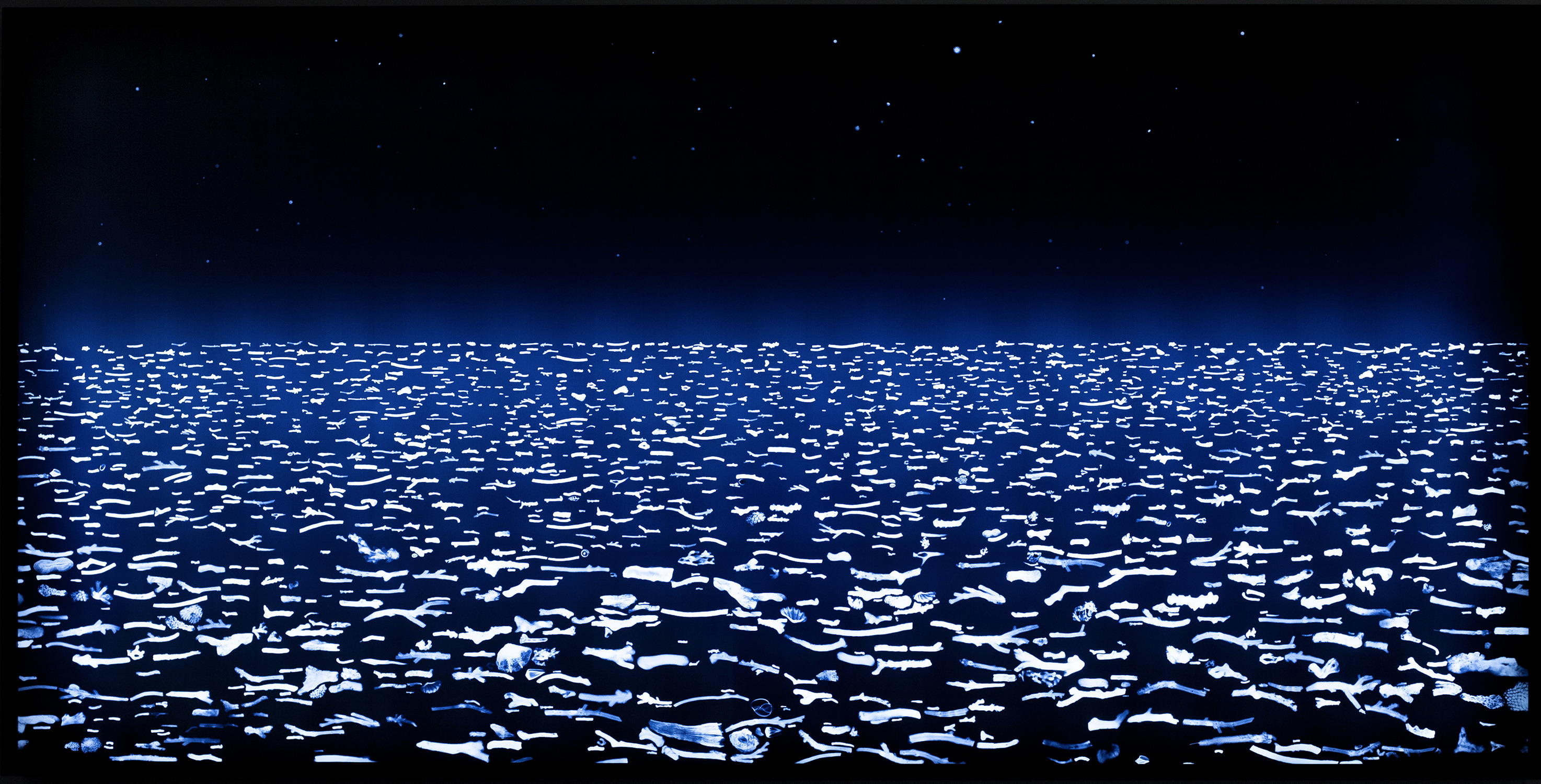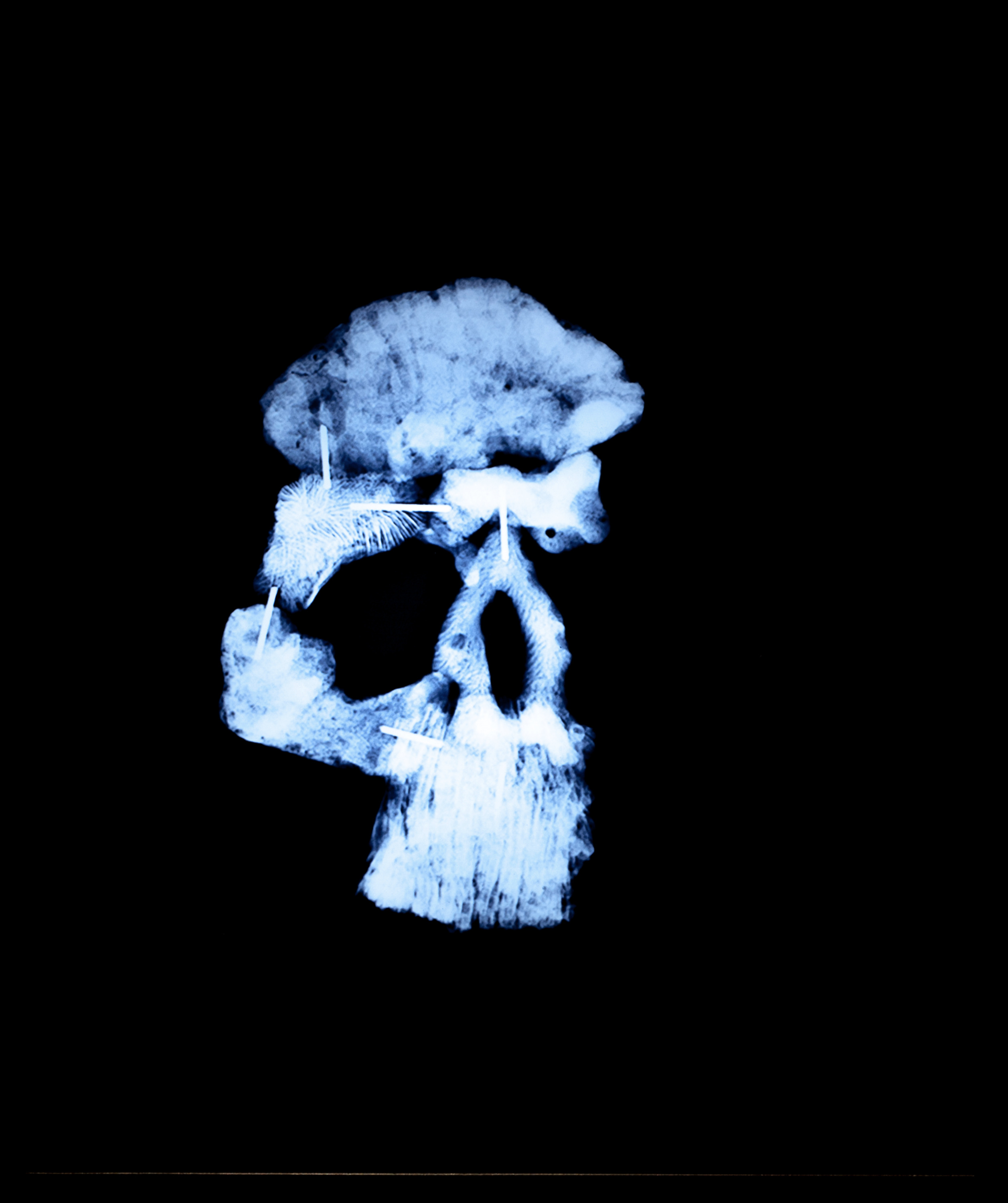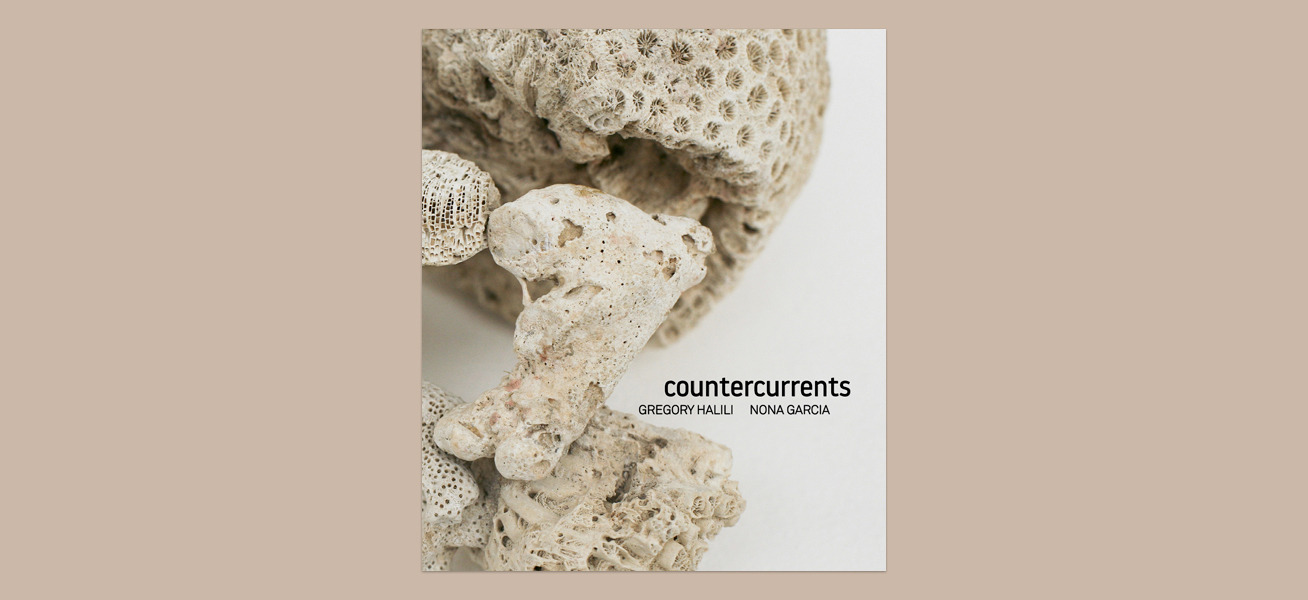
Countercurrents
Silverlens, Manila
Installation Views
About
Somewhere in the Gulf of Alaska, there’s a point where two bodies of water seem to meet yet never merge, as if a thin wall, an invisible border is lodged between them, perhaps to uphold some man-made delineations on a map. This strange, optical phenomenon, which has found its way to more mainstream conversations mainly through a few photographs that were shared and reposted in the way information behaves today— has come to be known as the place where two oceans meet.
Yet another curious marker of our times is the steady stream of people ready to debunk this claim. From oceanographers to travel bloggers alike, they explain that the apparent difference in color is mainly due to high presence of iron and other sediments from the water coming from the glacial valleys carried out by the rivers as they pour out into the sea; that this dividing line is actually not stationary and only occurs momentarily and the seemingly bicolored sea will eventually merge into a single, seamless blue hue.
This image of converging water currents comes to mind in this somewhat unexpected encounter between artists Nona Garcia and Gregory Halili in Countercurrents, an exhibition that is buoyed not just by the tangential similarities in their respective practices but more so by the deeper and more arresting contrasts. Though both highly gifted painters, Garcia and Halili inhabit opposing ends of the spectrum, most evidently in terms of scale. Garcia is known for her expansive canvases, paintings of skies and seas executed in such massive scales that approximate, indeed approach their subject matters in their vastness, in their capacity to engulf. As her paintings implicitly usher viewers to take a few steps back just to catch sight of the whole picture, Halili’s work pulls people in, inviting each viewer to take a closer look, to wonder at the abundance of detail skillfully imbued in such minuscule proportions. His recent series, paintings of eyes on hand-cut, mother-of-pearl pieces, are intimate portraits of people whose lives were largely shaped by their proximity to the ocean...
... These are the eyes of lifelong fishermen, of seasoned pearl divers, of weary seaside merchants one of which was a crab vendor that the artist chanced upon under a bridge, with cataracts slowly clouding up his vision. Each subject carefully chosen and memorialized, their narratives forever encoded in these portraits that come close to present day relics. (And those who ventured to look close and hard enough may be rewarded with a subtle revelation: a faint hint of a reflected horizon can be gleaned from the painted eyes which may lead one to surmise that the subjects were actually looking out into the sea as their photographs were being taken.)
As Halili willingly retells their stories, Garcia’s instinct has always been to withhold or conceal identities. Her works are in fact mostly bereft of human presence and even in the few instances that they do appear, their faces are turned back from the viewer and their narratives are left beyond the margins of the frame. Her latest investigations involve the use of wood veneer; repurposed as a painting surface, this man-made, industrial material serves as a familial ground that poignantly cradles various forms of driftwood, which are in contrast, objects wholly shaped by nature. Arranged along a single line, these 24 paintings as a whole resemble a kind of sequence of perhaps a film strip, with each frame cataloguing a strange, organic specimen seemingly morphing into the next.
This play with building materials extends to the largest piece in the show: Slow Mirror, a painting made directly on a cement-coated panel, depicts a body of water that may very well be the farthest thing from an ocean, be it in scale or stature— a lowly, roadside puddle. Reflecting traces of the sky and parts of trees, the element of water in this work could be read as something meant to be analogous to nature and yet the pothole itself ultimately embodies culture and the man-made, in the way that only something that has been built can later fall into ruins.
A strange occurrence attains its value through its capacity to generate wonder. All it takes is for two divergent paths to collide, momentarily meet and go own their separate ways without ever having to meet again. And yet, countless revelations, meanings and narratives may be inferred and brought to life in that single instance. In Countercurrents, Garcia and Halili engage in an unrehearsed and genuine dialogue, allowing their works to speak without any contrived effort to interact and in their own, distinct ways still profoundly respond to the shared call of the sea.
Words by Gary-Ross Pastrana
The exhibition is also curated by Gary-Ross Pastrana
Gregory Halili and Nona Garcia may be an unlikely comparison when we talk of the sheer scale of their works. At first glance, one might think both of these highly skilled painters are the inverse of each other in size. While Halili would delicately paint small-scale works on pieces of shell, Garcia is known for her massive realistic scene paintings. Countercurrents embraces these differences, turning them into points of discussion that redirects our gaze away from what separates the two to focus on the one and the same current that passes through their work.
Garcia’s works are often so immersive that we are moved to take a step back to see the whole picture. Her paintings invite us to imagine ourselves in a particular place and setting in time, whether that is flying over the clouds, or lost at sea, or in the middle of nowhere.
Halili, on the other hand, takes note of the minute details, skillfully painting portraits on pieces of shells. His portraits are intimate and still. Viewers are not exactly engulfed by the size, but are curious to zero in on the small details, from his tiny impressions of waves to details of laugh lines and eyelashes.
In Countercurrents, Halili and Garcia dialogue with each other and their practice, highlighting their contrasts as well as their underlying similarities. Sitting atop a pile of sand lies Garcia’s large scale painting from this show. Painted on cement, Garcia’s work depicts a puddle reflecting the trees above it. Beside this, Halili paints seascapes onto seashells so microscopic that they are unrecognizable from afar.
The sea has been depicted in various ways across the years:
1. Zen koans say that the sea is infinite, like a palace or a jewel.
2. Homer’s “The Odyssey” depicts the sea as suffering that human beings can never relinquish.
3. Japanese photographer Hiroshi Sugimoto has been documenting meditative monochromatic seascapes since the 80s, abstracting seascapes into geometric perfection.
4. In the 2000s, Filipino artist Martha Atienza began her seascape and underwater video work, engaging fishing communities and sea workers.
5. Welsh band Los Campesinos! talks of the sea as a place of reflection and solitude where our own nothingness is put into perspective.
6. David Foster Wallace’s essay, “A Supposedly Fun Thing I’ll Never Do Again,” describes cruise ships as a symbol that humans had conquered the sea.
Throughout history, the sea has been depicted with a certain allure. One may look at the sea and feel small, or be afraid of the waves, or find solace in its vastness. What does the sea mean to me? What does it mean to other people? There is something invariably eerie looking at corals resembling the shape of bones, that what once had life and supported an ecosystem, is now white and brittle.
Garcia paints driftwood and arranges remnants of corals, in a poetic exposé of the objects that have gone before us, destroyed and degraded, washed up ashore. The sea takes away what it gives. Garcia’s work hardly ever depicts human presence as the main focus of her works. However, Halili’s work is one rife with human presence. On capiz and mother of pearl shells, he paints personal portraits of those whose lives are immensely shaped by the sea. What will happen to the crab catchers, the Bajaus, and the fishermen when there is nothing left in the ocean?
Only time will tell what will happen to our seas in the near future. Science constantly tells us that sometime soon, the earth will be devastated as a result of climate change. Just like corals, we will one day turn white and brittle.
Countercurrents is a somber yet beautiful tale of our own mortality, and our resistance towards it. It’s ironic that while some could live in luxury on a boat in the middle of the Atlantic, seamen are constantly working to maintain their ships from natural erosion. The ocean exposes islands in the morning, then engulfs them in the afternoon. Typhoons and tsunamis cause destruction to coastal communities. Lighthouses are physically relocated because the cliffs that they stand on begin to shrink. The sea gives, and the sea takes.
What does it mean when we try to reclaim land from the ocean? We build atop what once were shorelines, yet every year, the water seems to reclaim what was reclaimed, with slowly increasing water levels. Perhaps its not for us to attempt to regain what the sea has claimed. When the waves push and pull, maybe it’s only best for us to float by.
Words by Arianna Mercado
Nona Garcia (b. 1978, Manila) received a Bachelor of Fine Arts in Painting at the University of the Philippines. Recent solo shows include: Fall Leaves after Leaves Fall (2016) at SILVERLENS, Before the Sky, Special Project at Art Fair Philippines, Manila (2016); and Unearth, Recovery, Bencab Museum, Baguio City (2014). Garcia has also participated in numerous exhibitions in China, Italy, Germany, Philippines, Malaysia, Thailand, Singapore, Korea, and Japan. She is a recipient of the Cultural Centre of the Philippines Thirteen Artists Award (2003) and is the Grand Prize winner of the Philip Morris ASEAN (Association of Southeast Asian Nations) Art Award in Singapore (2000). She lives and works in Baguio City.
Gregory Halili (b. 1975, lives and works in Manila) carves and paints mother-of-pearl shells, creating memento moris. Halili received his B.F.A. from the University of the Arts in Philadelphia. He returned to the Philippines in 2014 after 25 years in the United States. Halili’s work focuses on the art of miniatures with interest in the notion and idea of memory, life, death, and cycle.
His work has appeared in numerous exhibitions and shows, including the John Michael Kohler Arts Center in Sheboygan, Wisconsin; The Butler Institute of American Art in Youngstown, Ohio; The Hammond Museum and Sculpture Garden in Salem, New York; Ayala Museum in Makati City; Jorge B. Vargas Museum at the University of the Philippines in Quezon City; West Gallery in Quezon City; Silverlens Gallery in Makati City and Nancy Hoffman gallery in New York City. He is one of the Filipino artists presented in the Singapore Biennale 2016
Gary-Ross Pastrana is a practicing visual artist living and working in Manila, Philippines. His foray into writing perhaps came as an unavoidable function of his almost parallel career in exhibition- making. He continues to organize shows for young artists and close friends and considers the task of producing text an ongoing but fulfilling challenge
Arianna Mercado is a curator and art critic based in Manila. She is the recipient of the 2017 Purita Kalaw-Ledesma Award for Art Criticism and has worked on projects with the Museum of Contemporary Art and Design and the Cultural Center of the Philippines. She currently manages Calle Wright, an art space located in Malate, Manila
Works
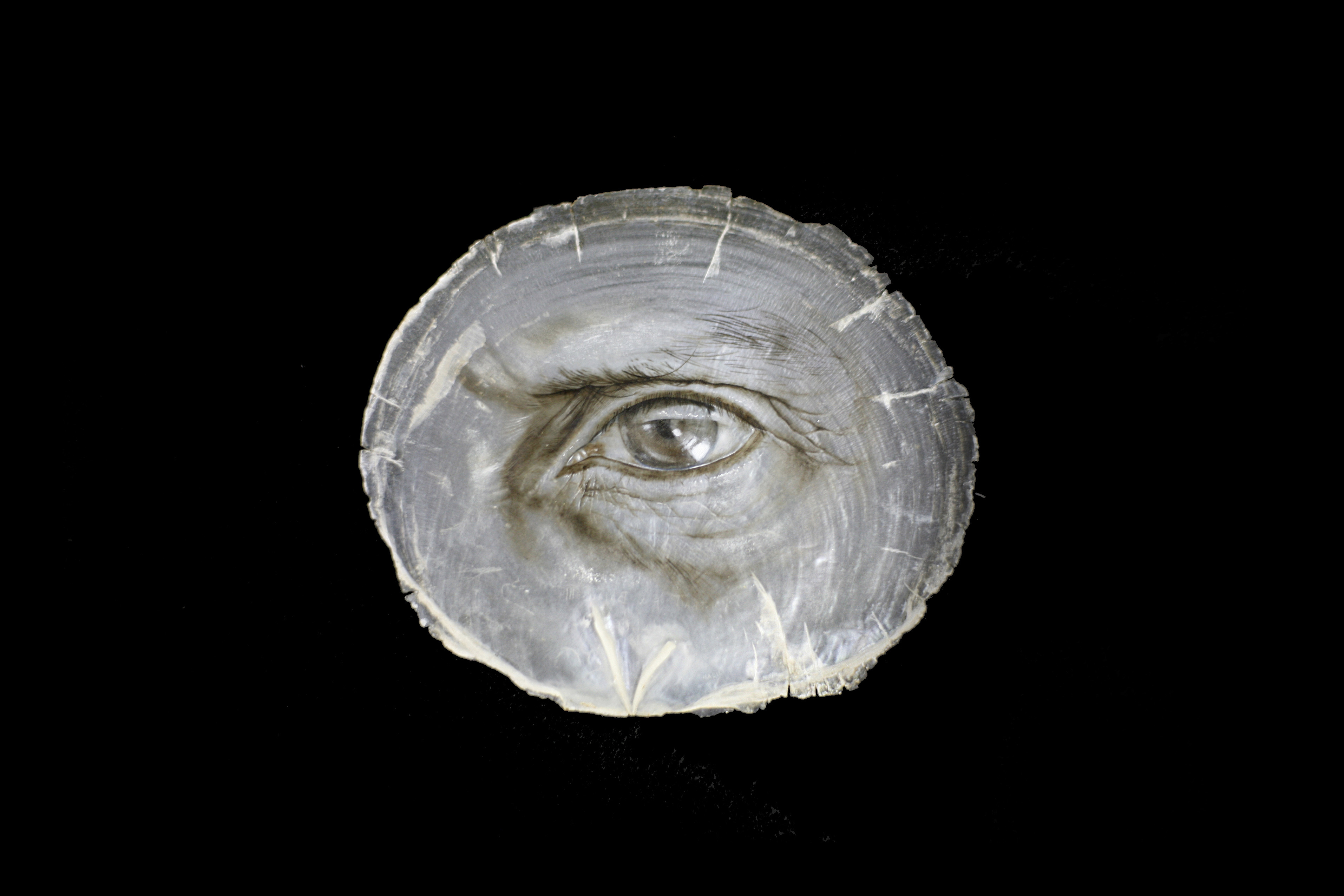
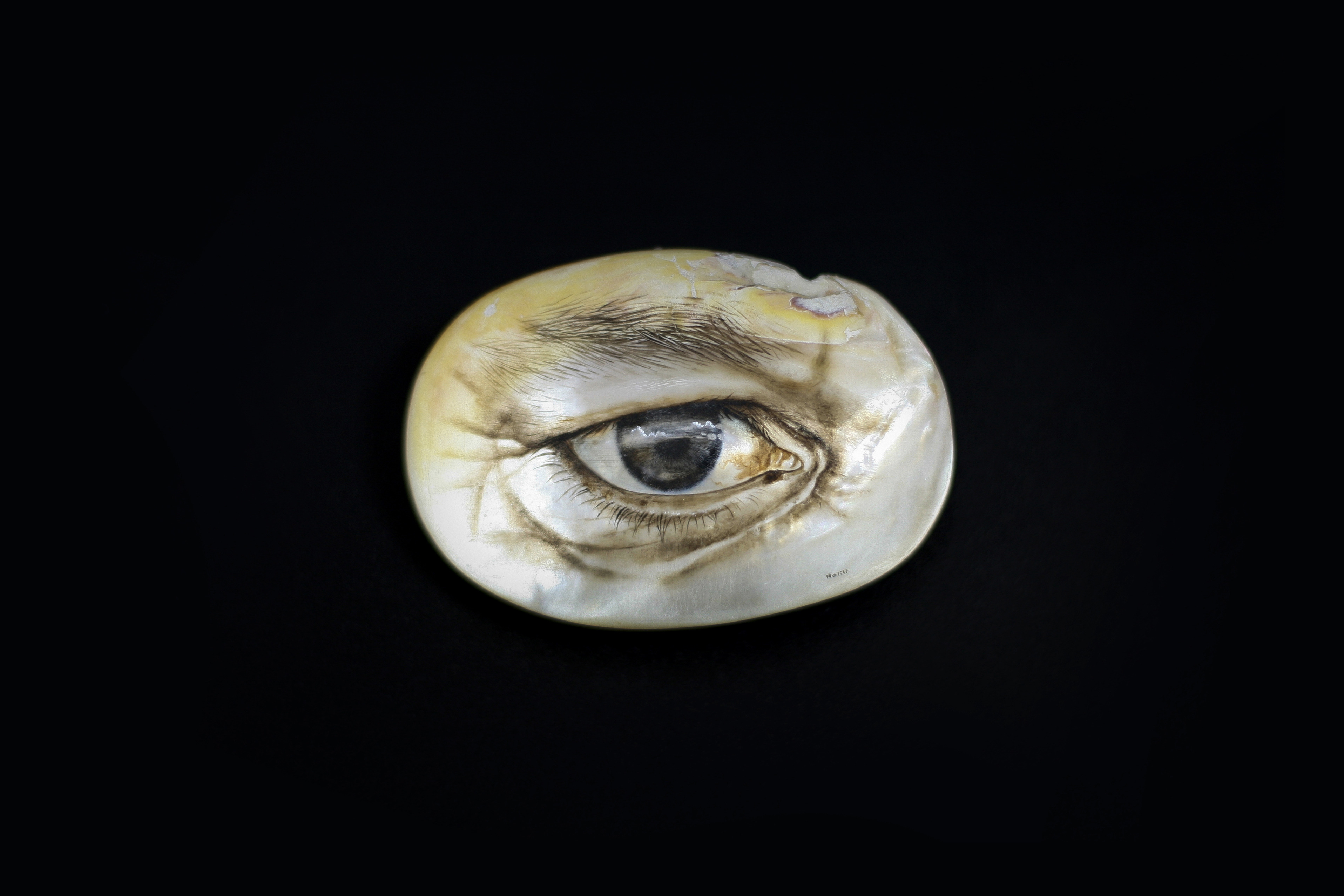
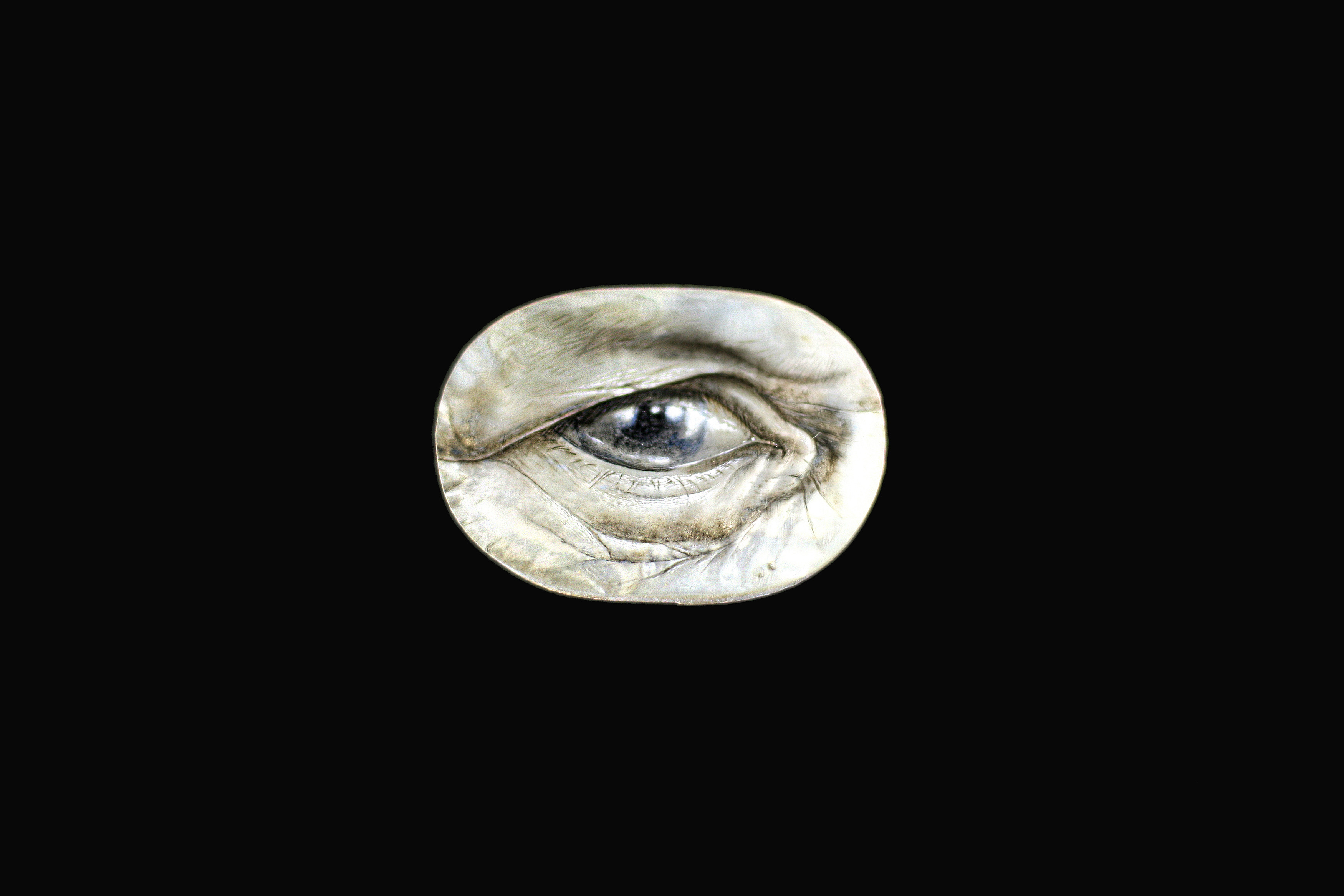
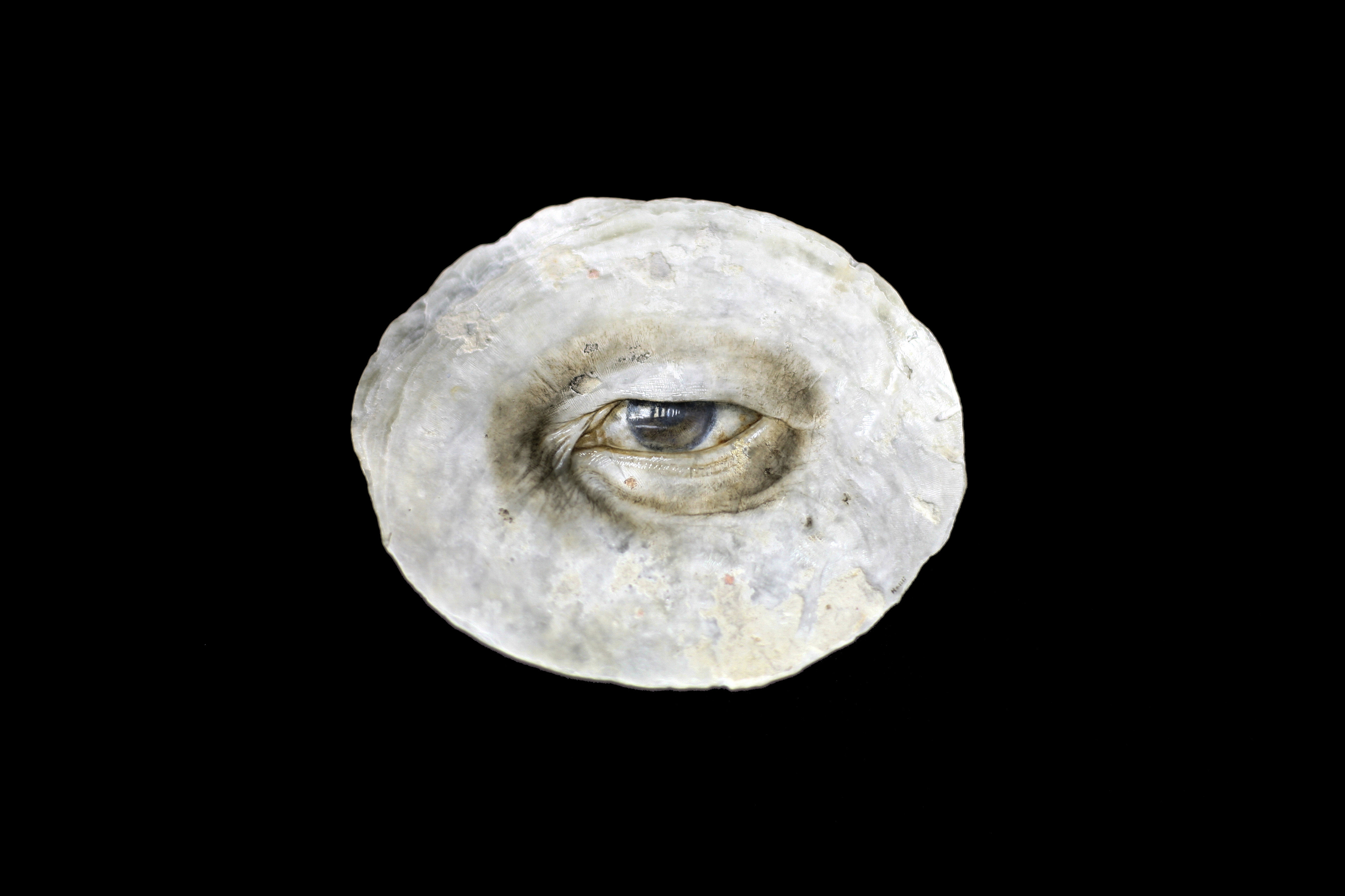
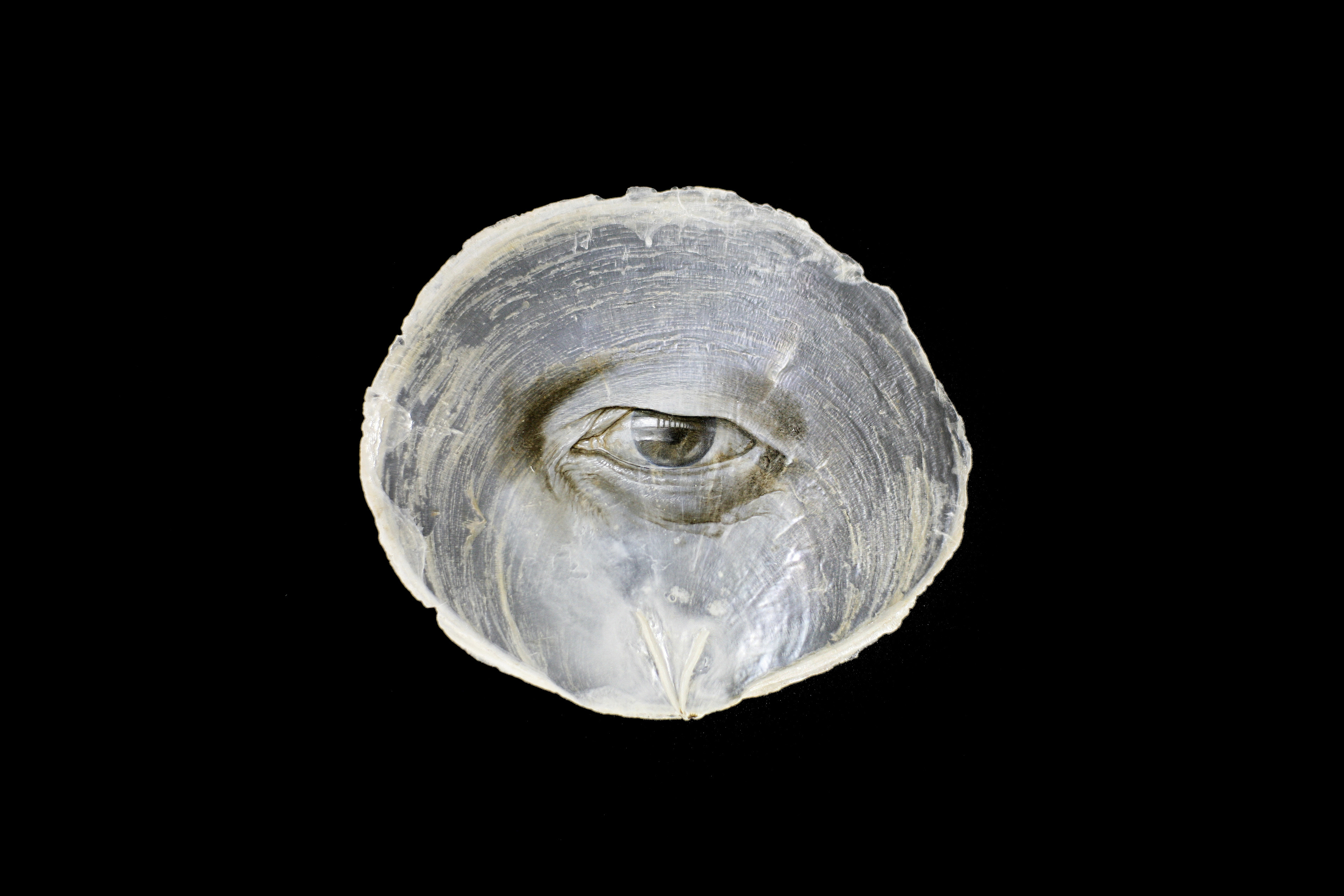
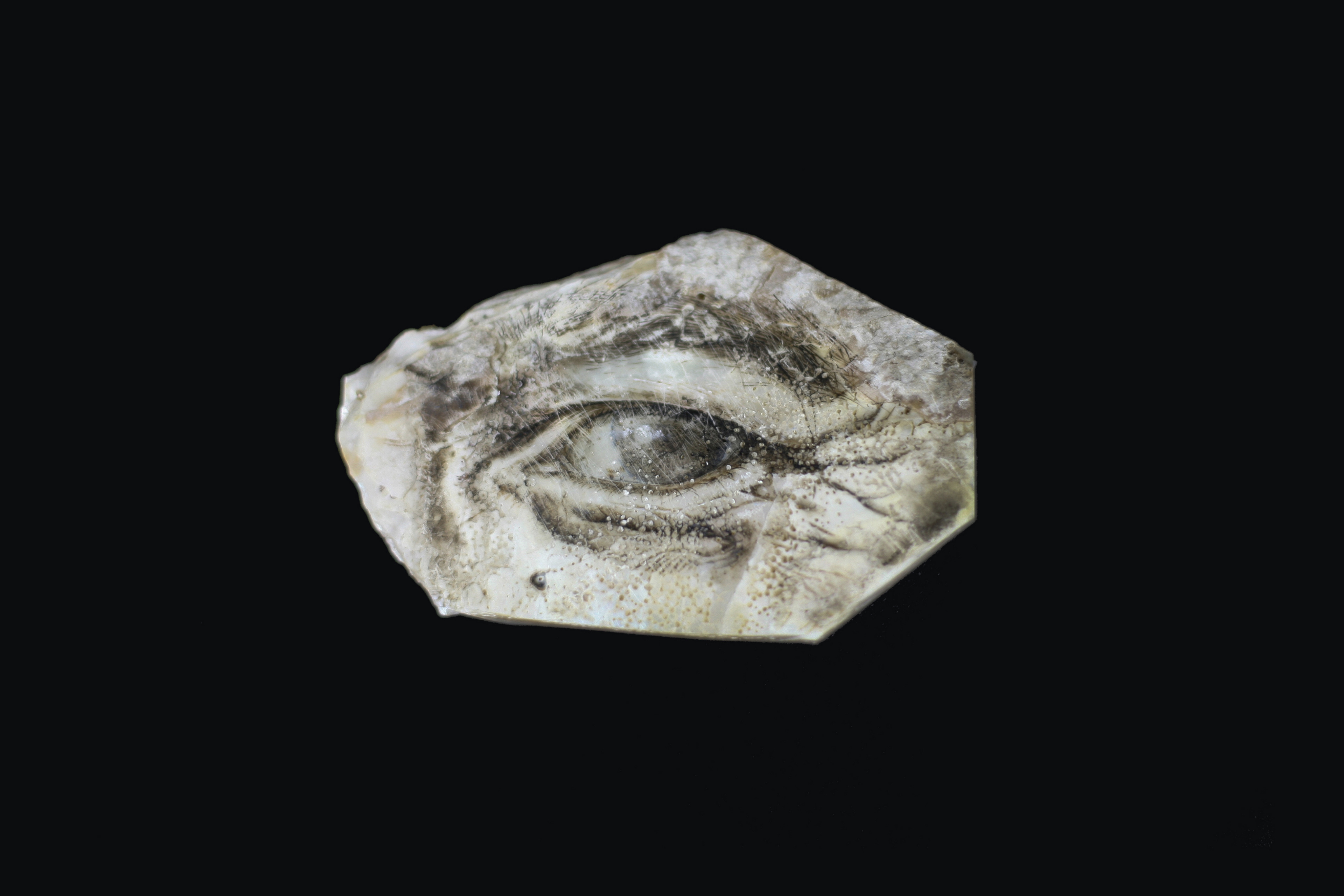
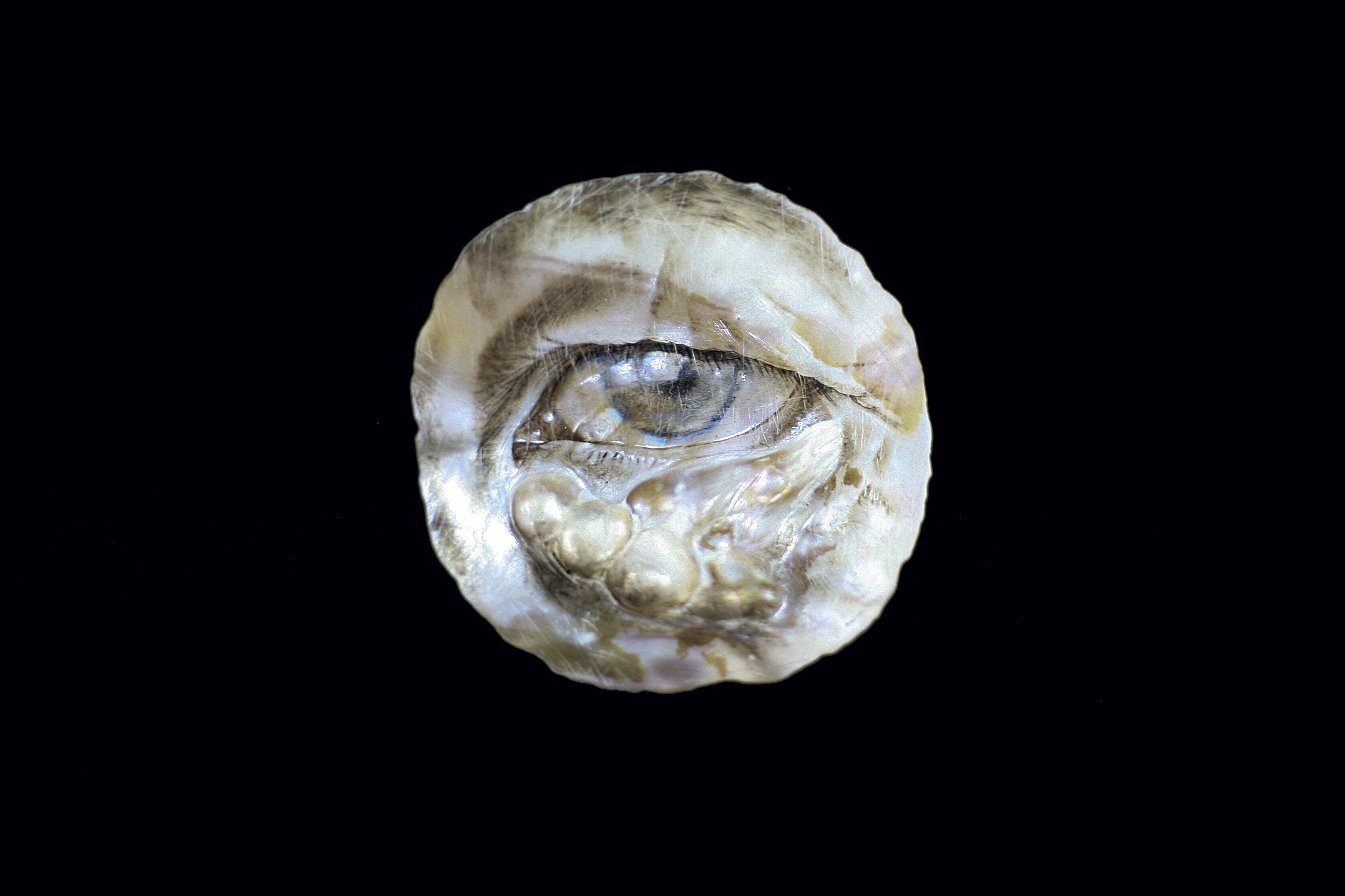
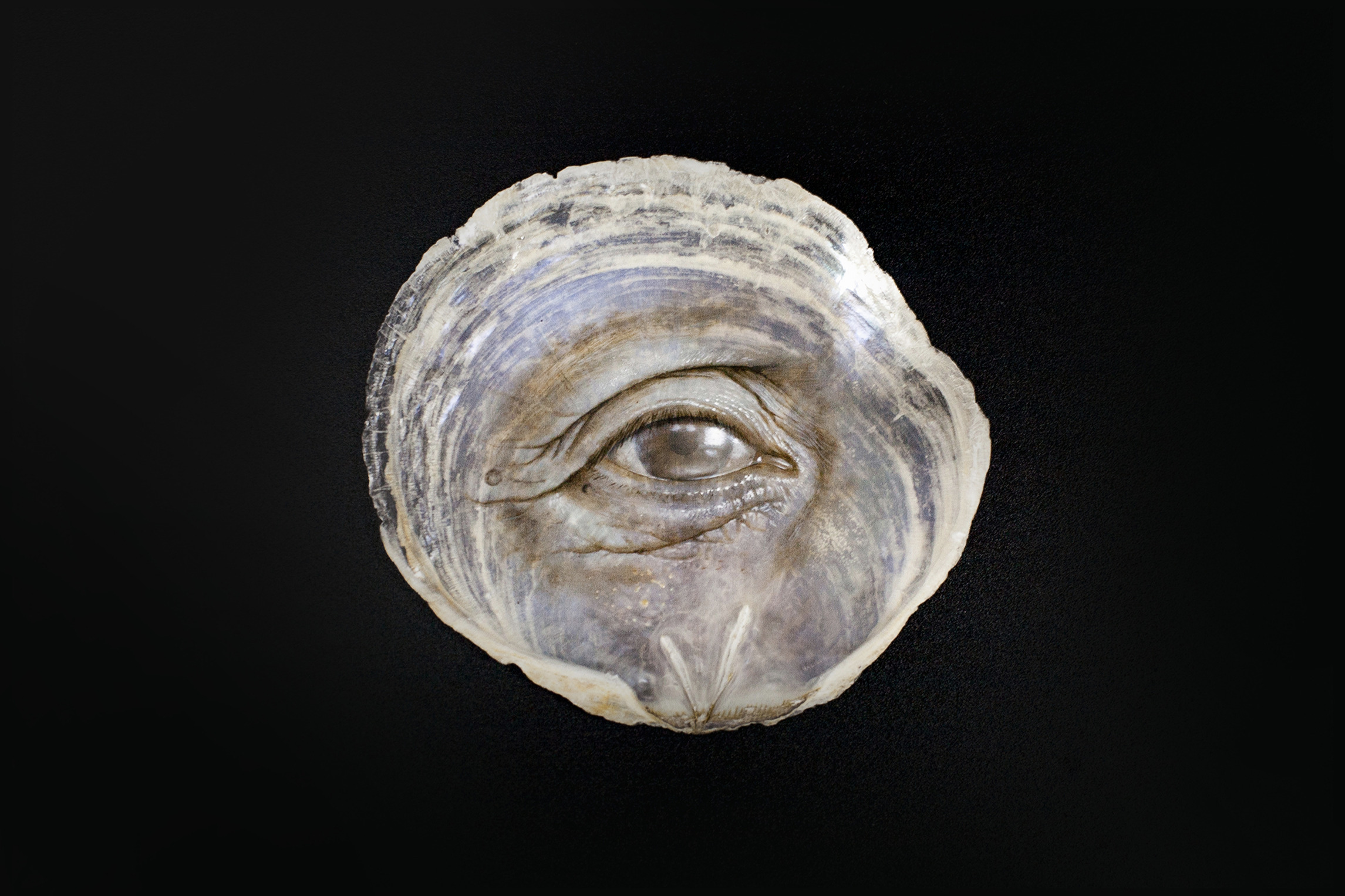
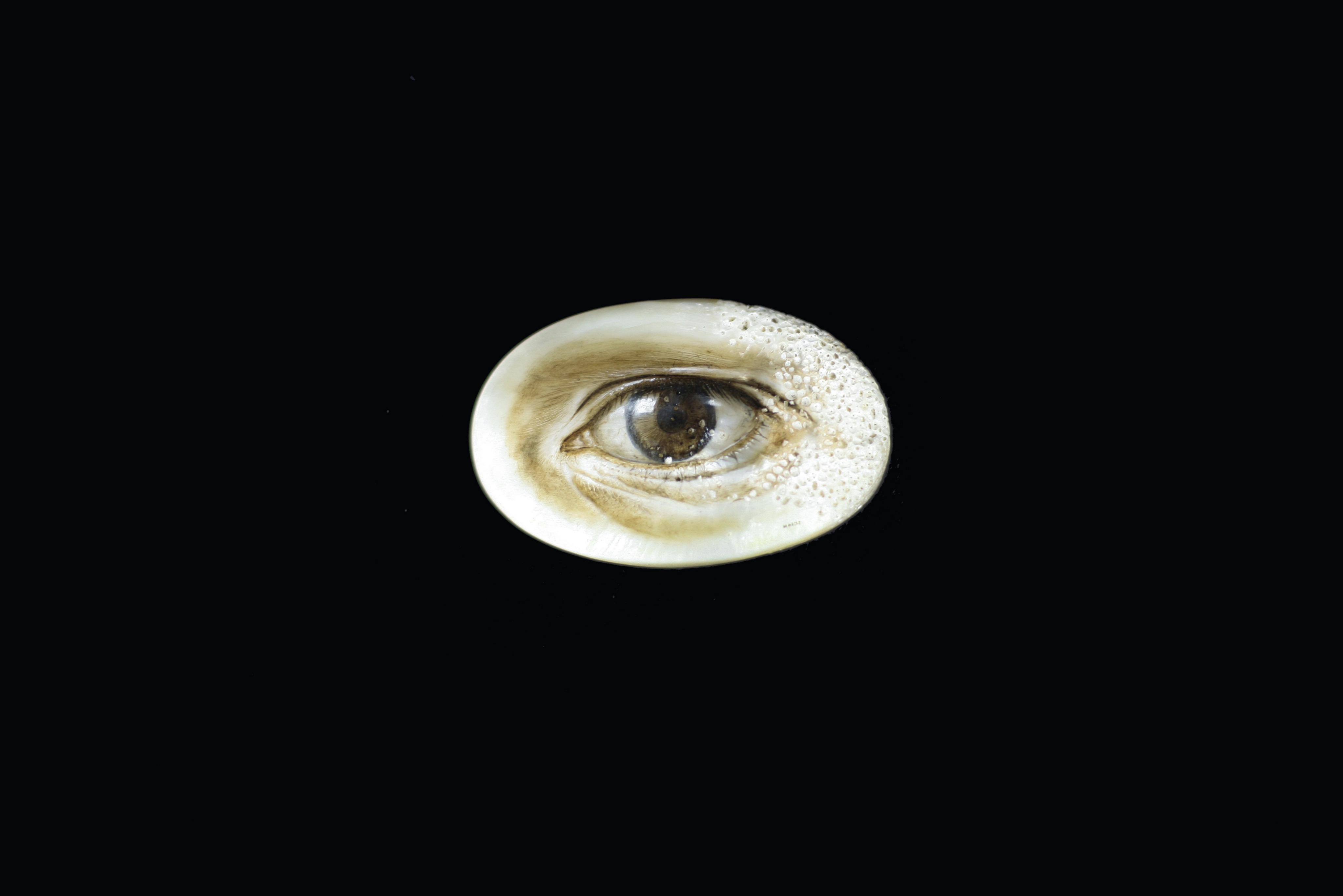
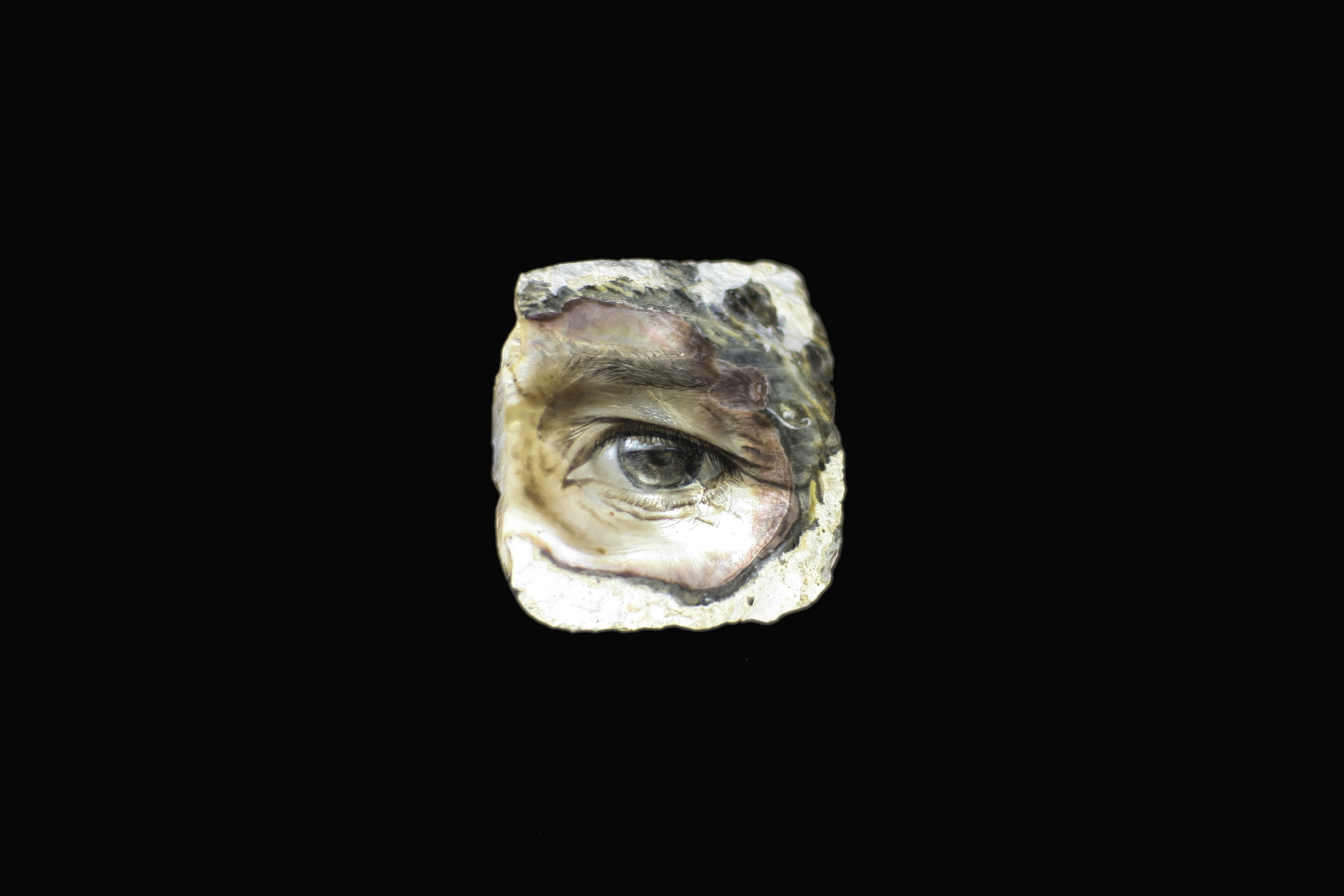
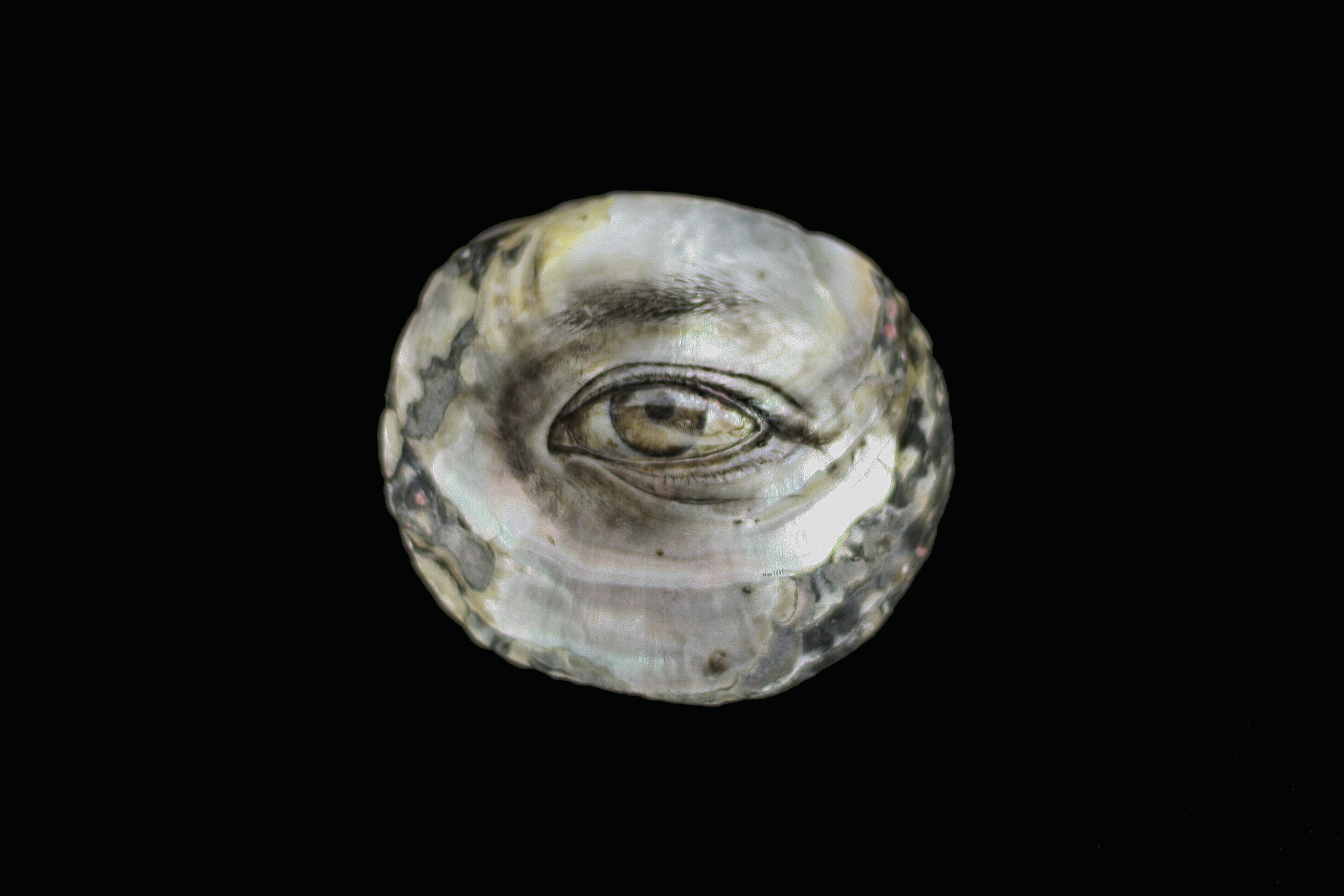
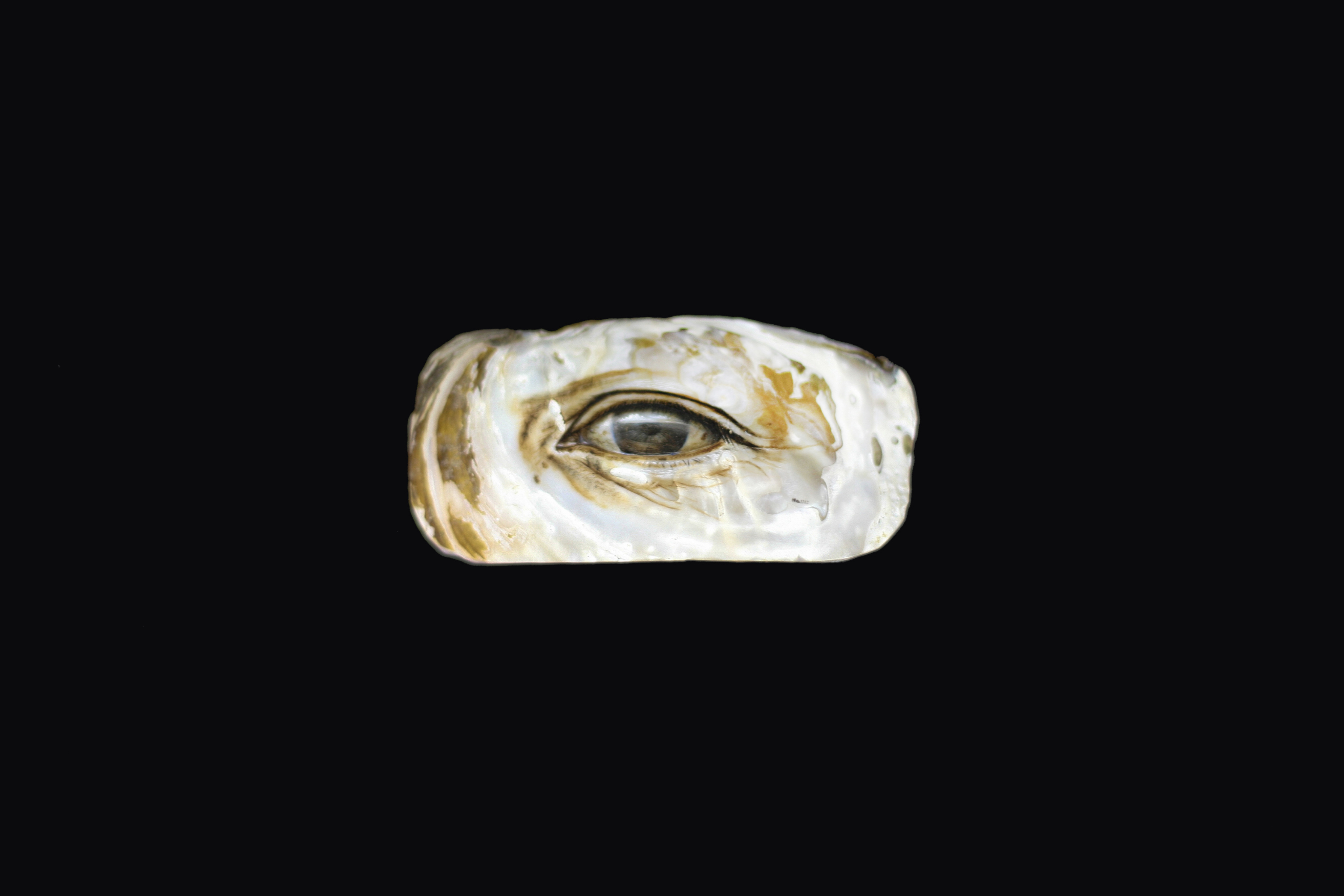
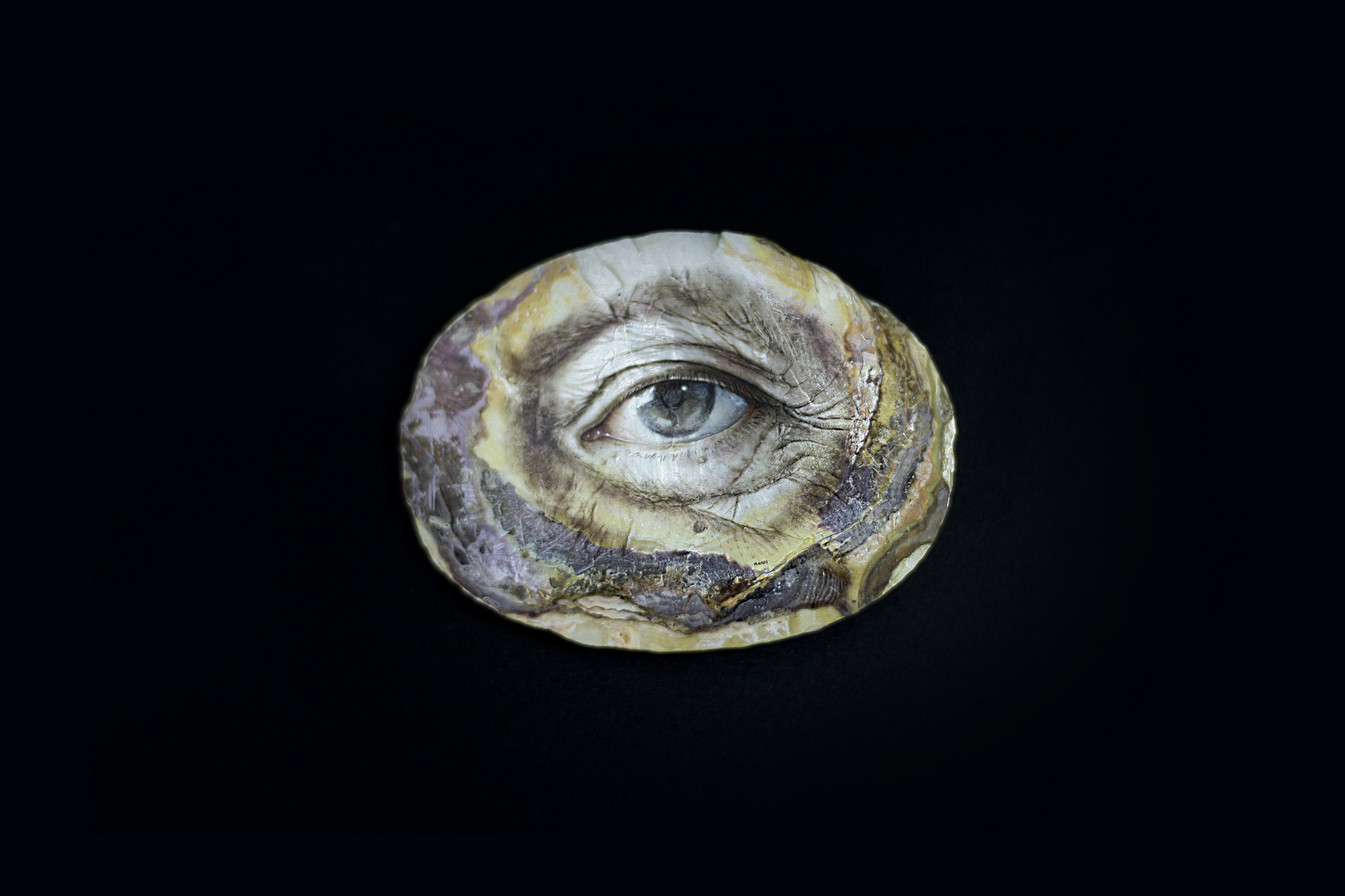
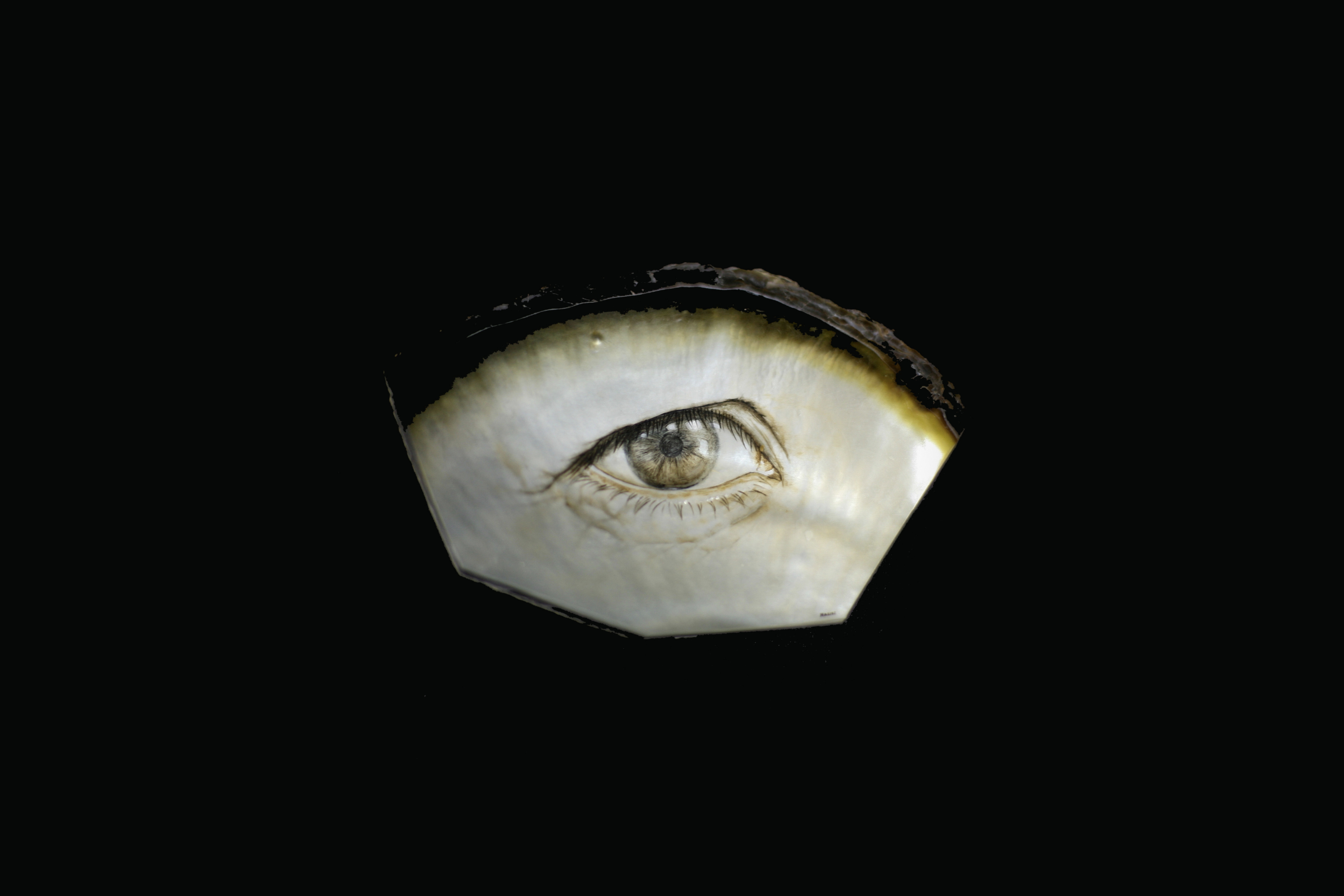
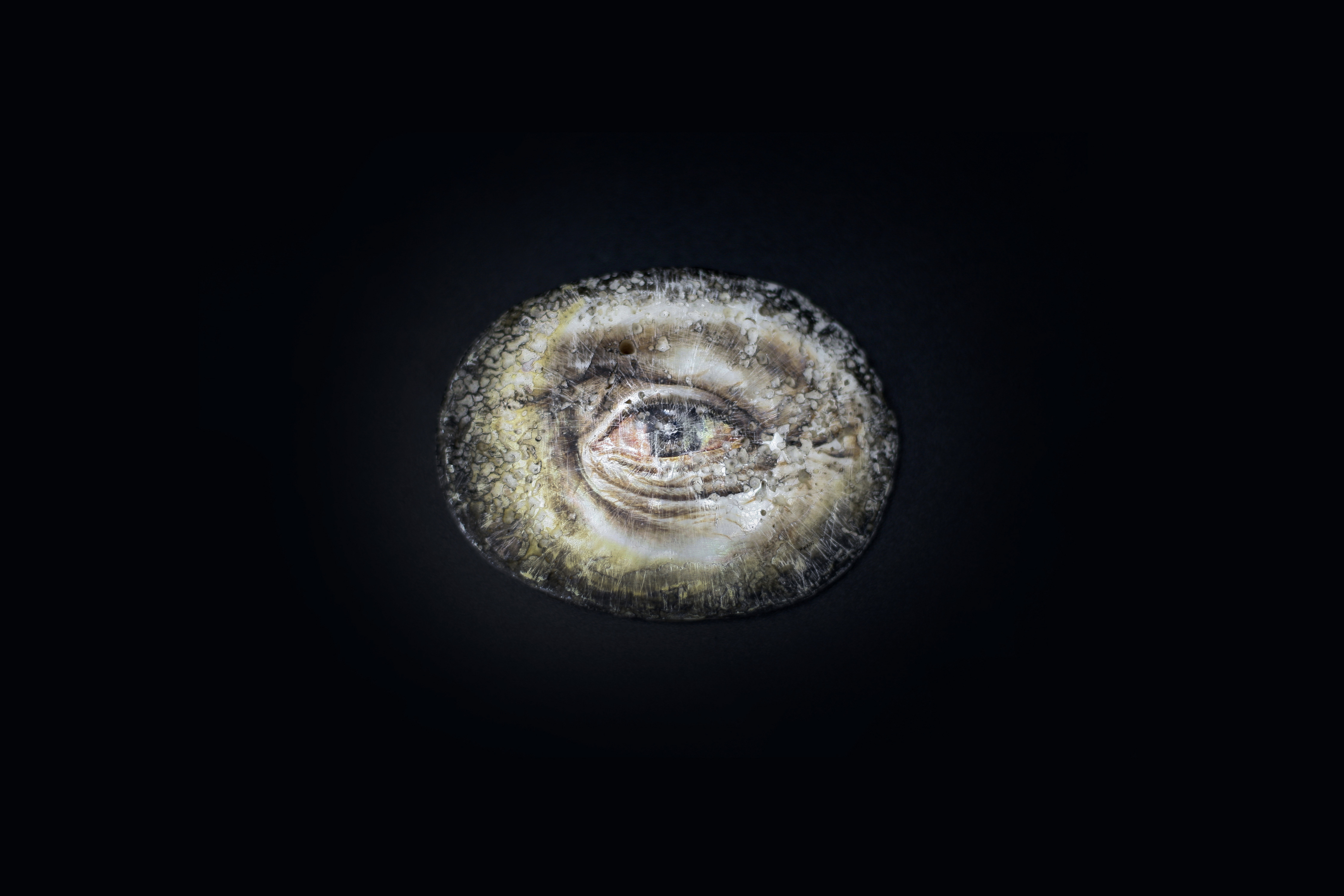
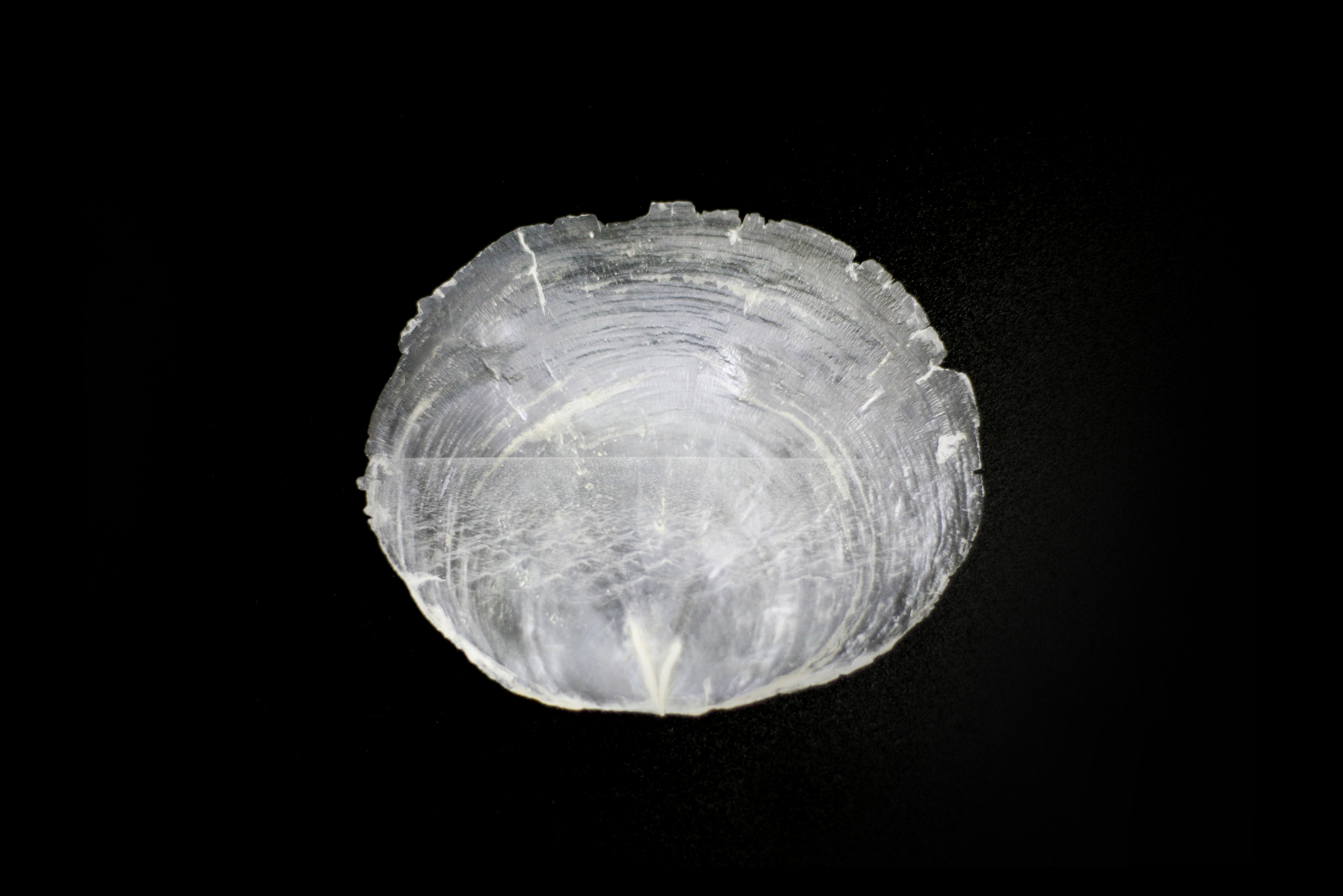
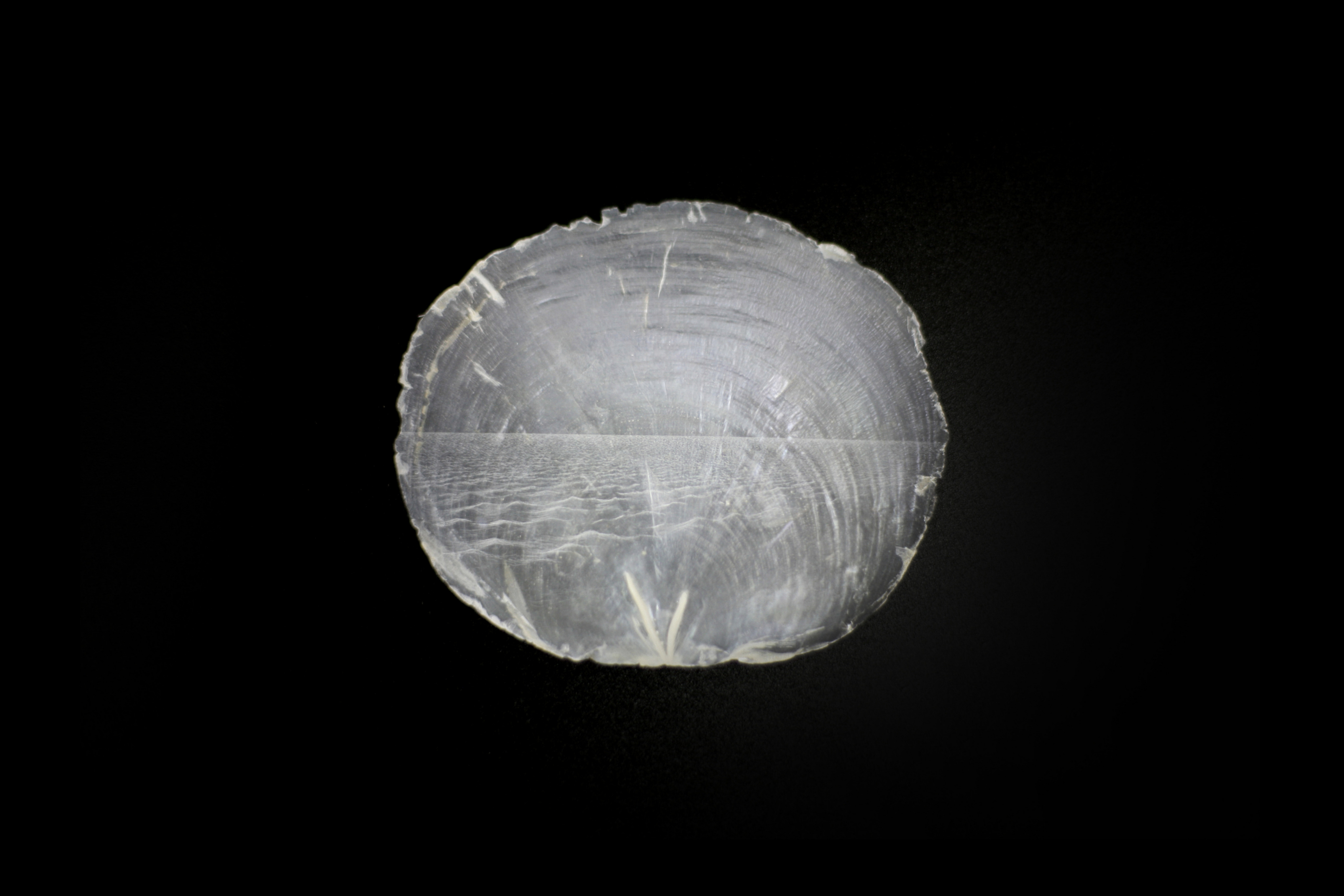
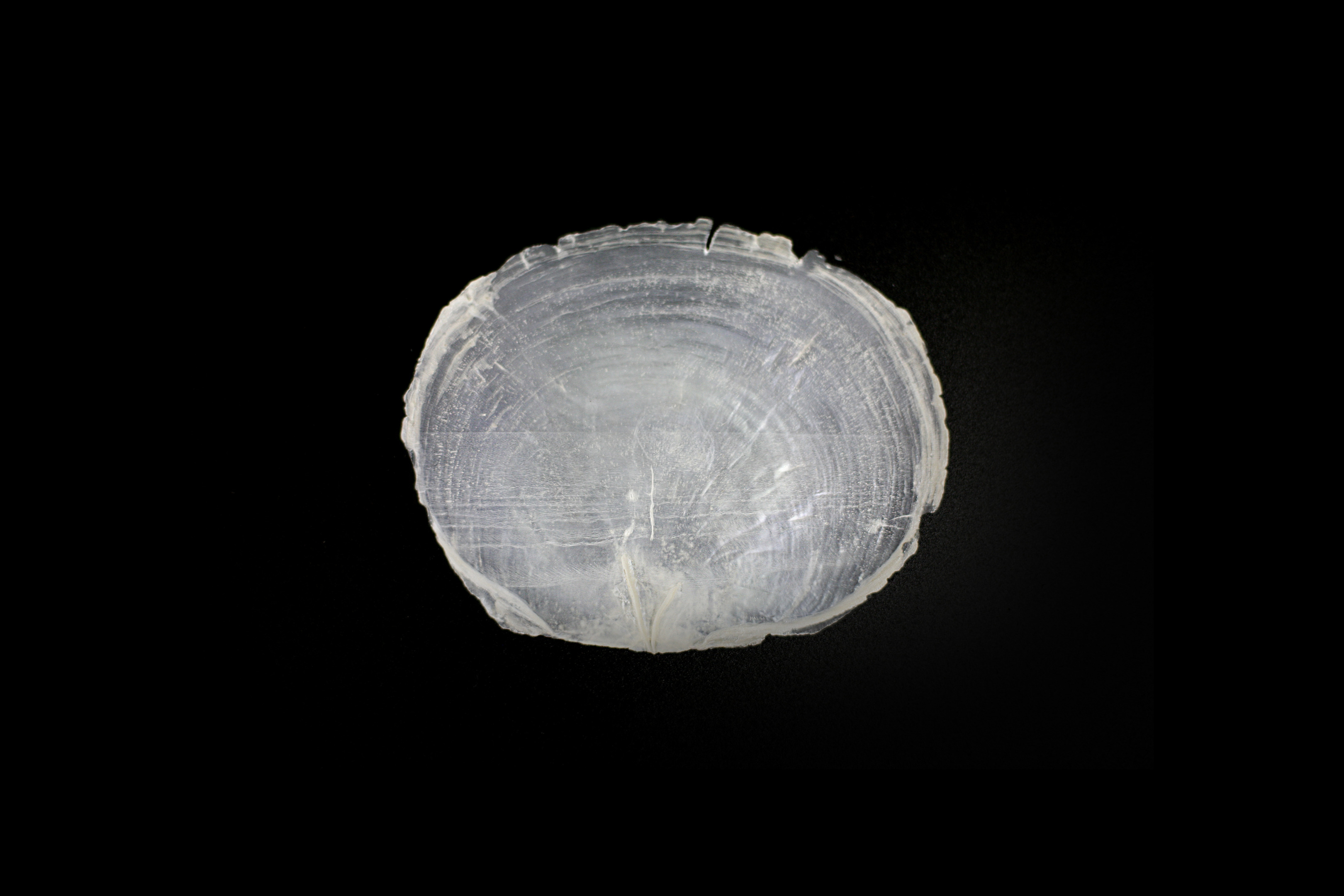
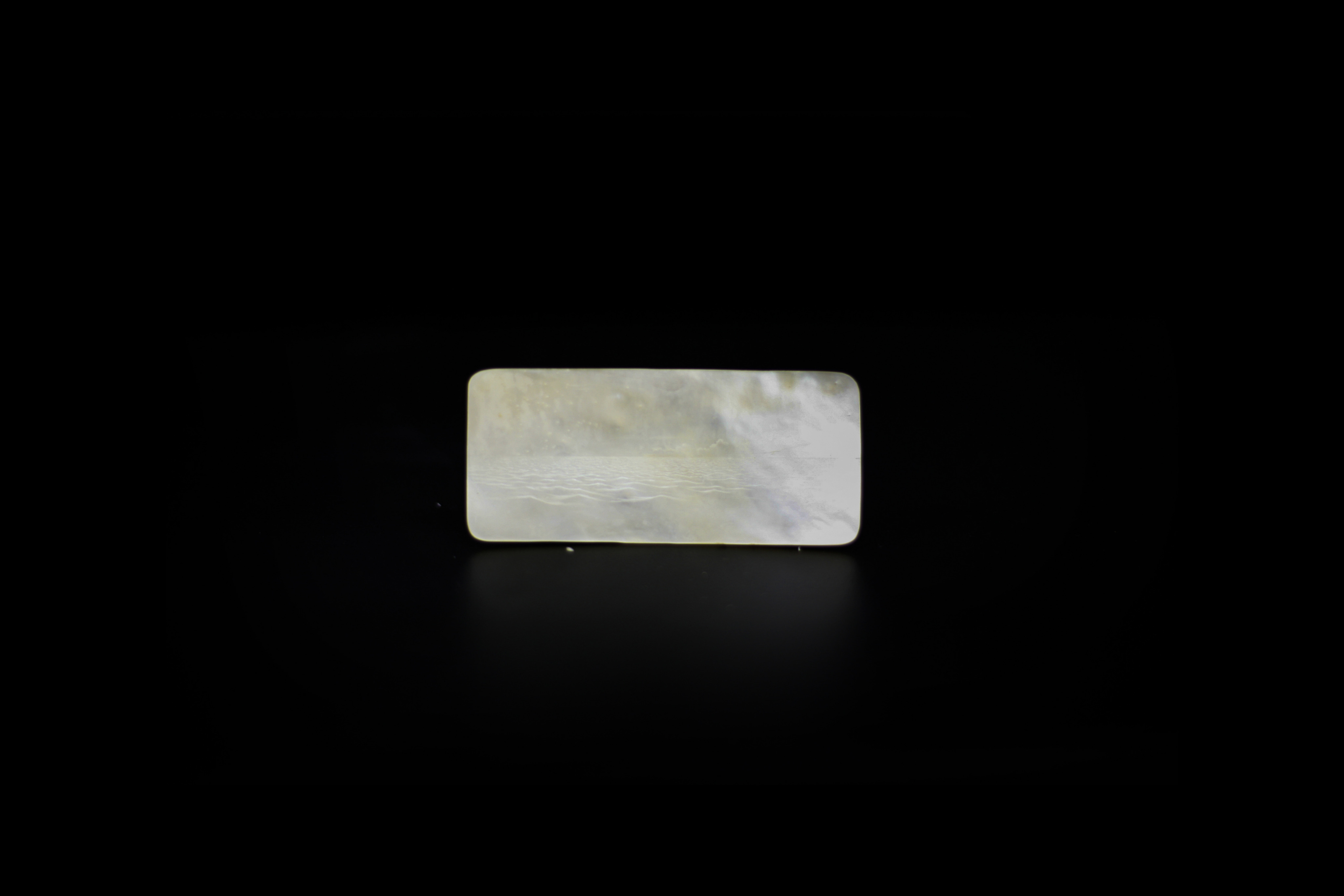
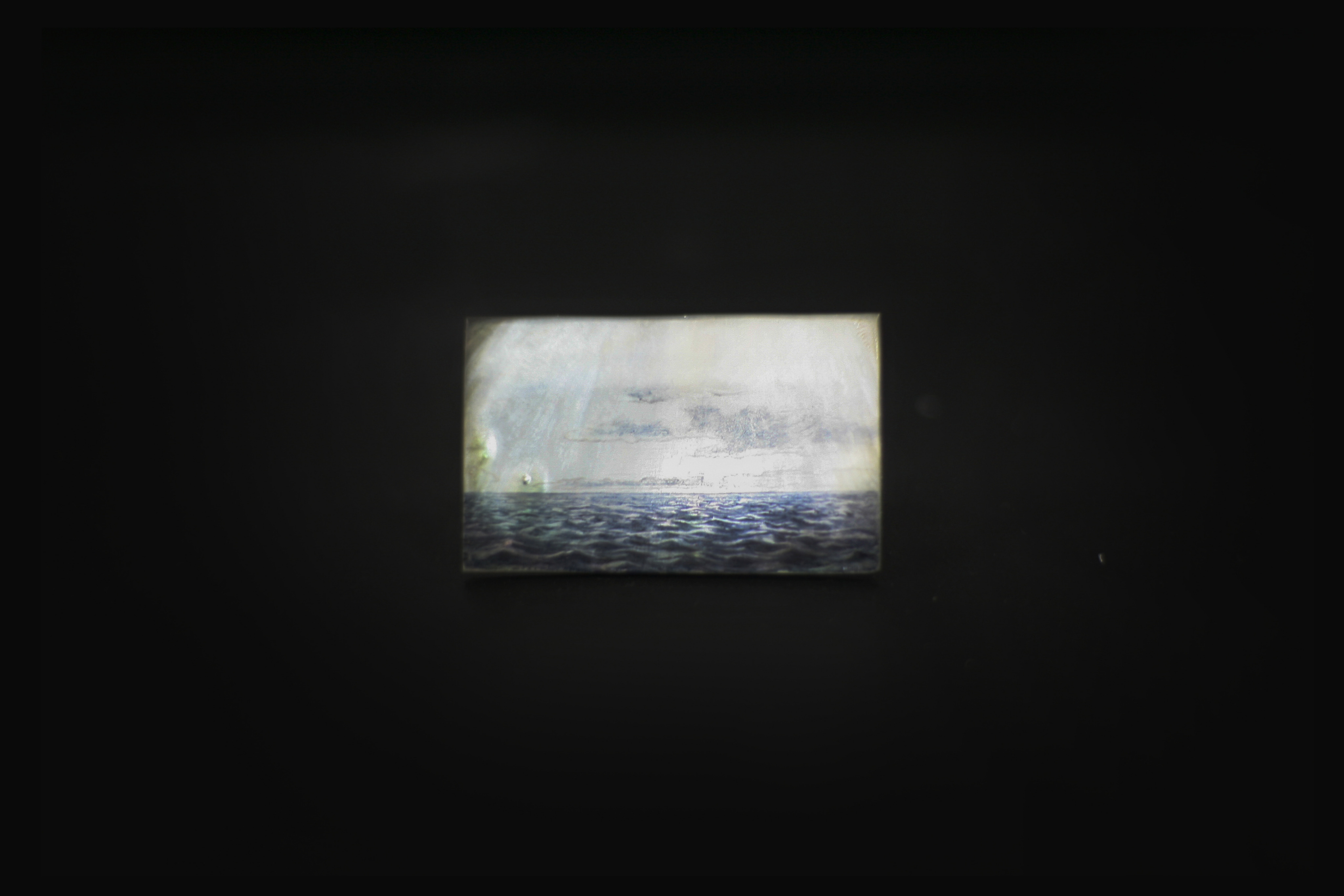
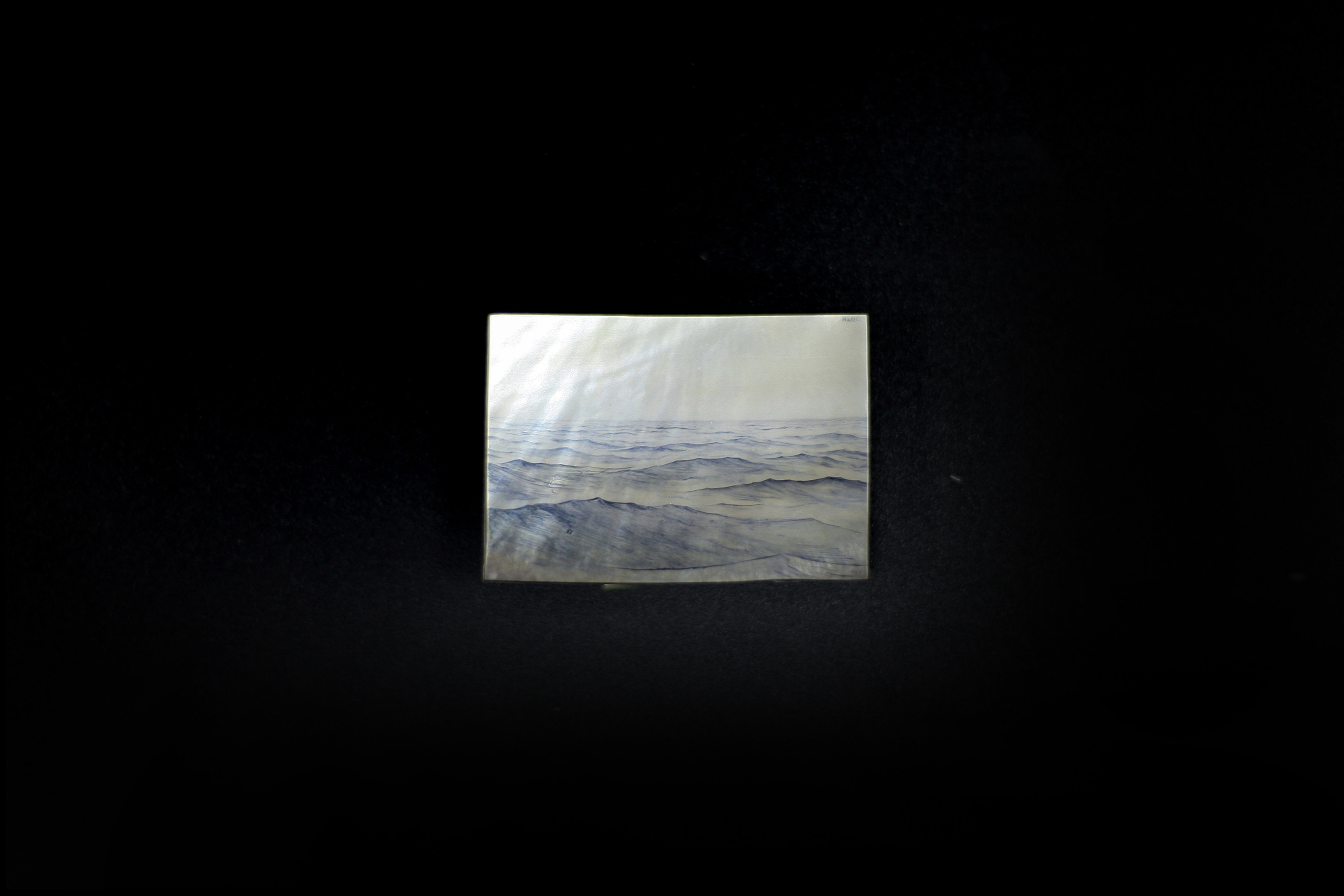
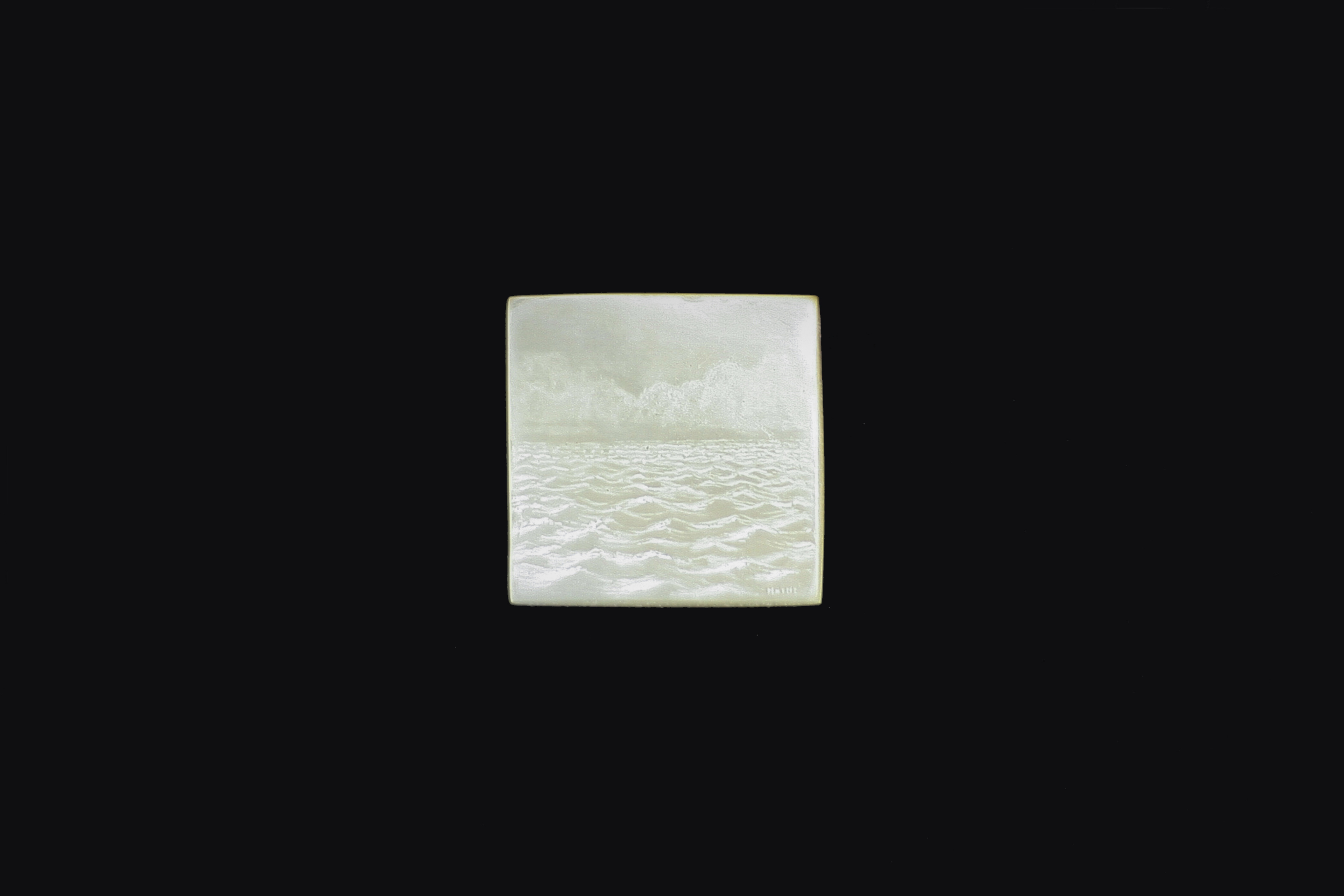
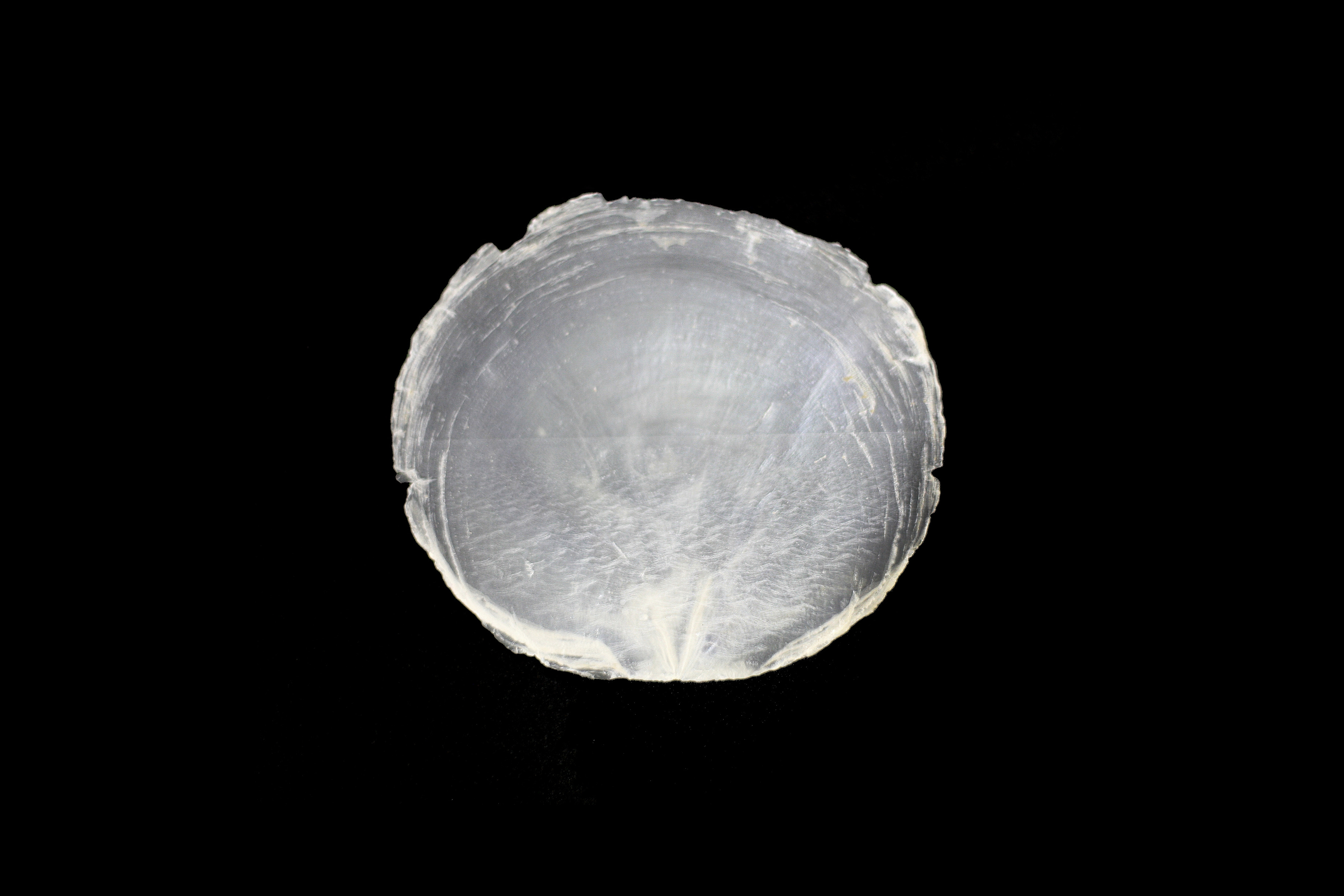
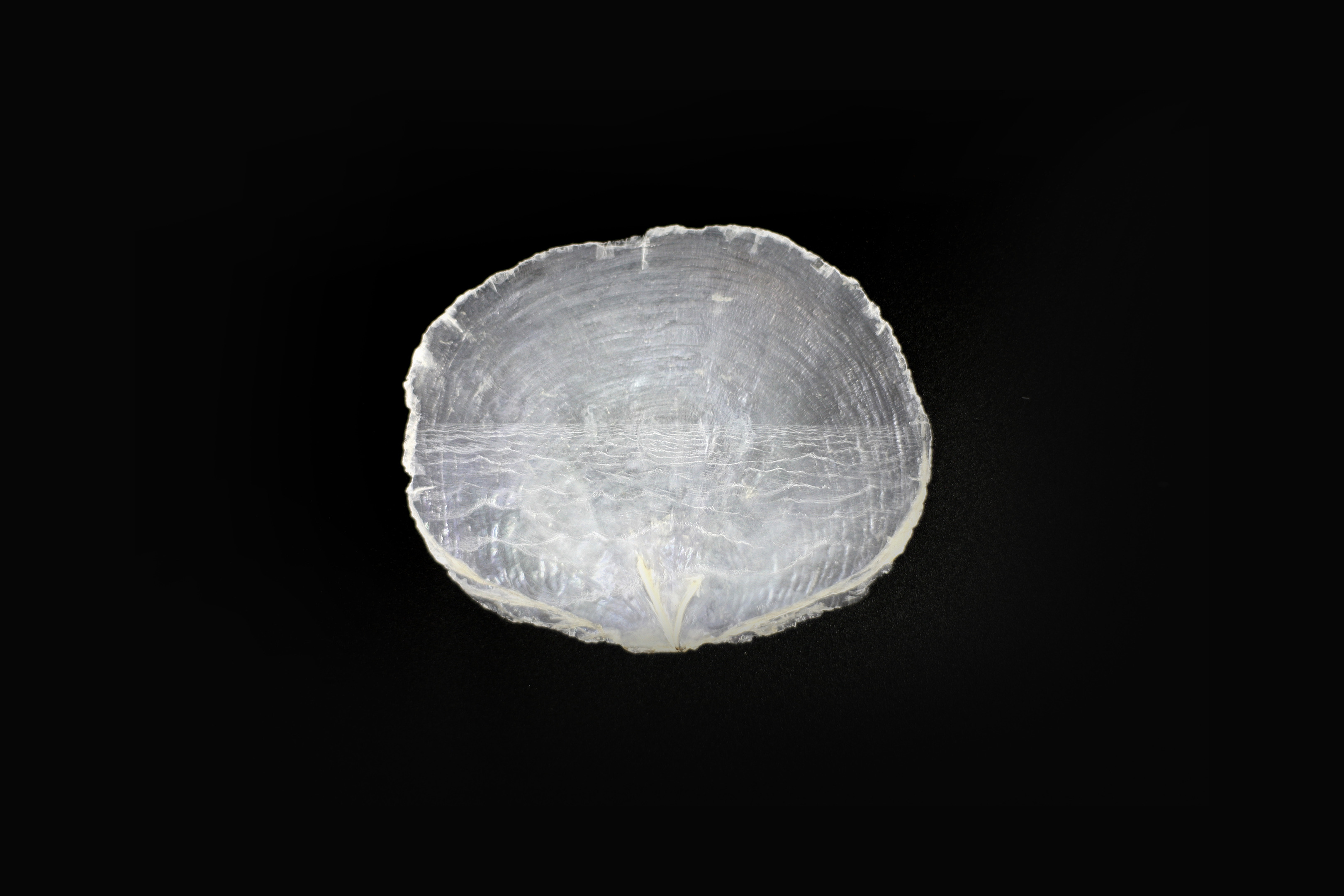
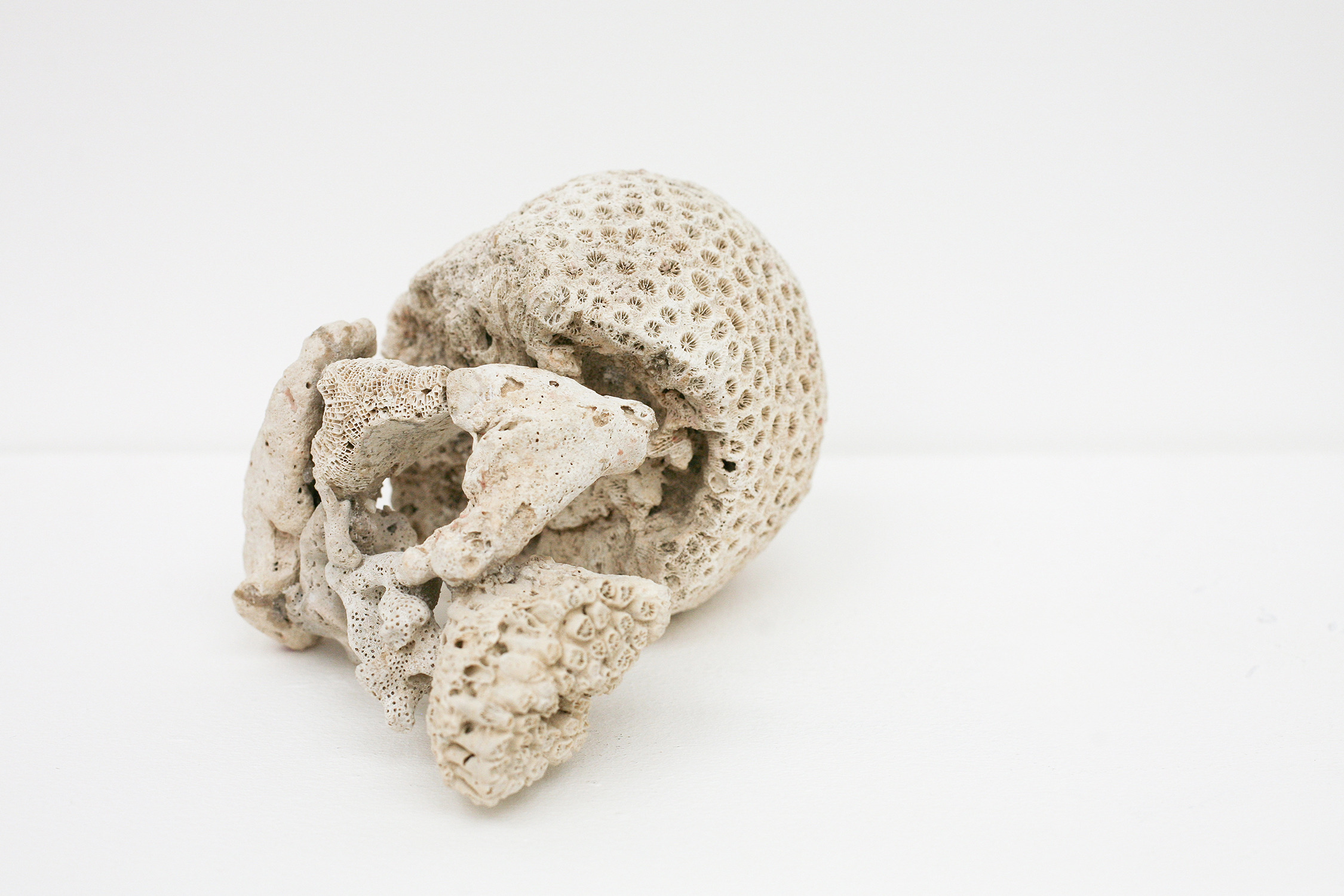
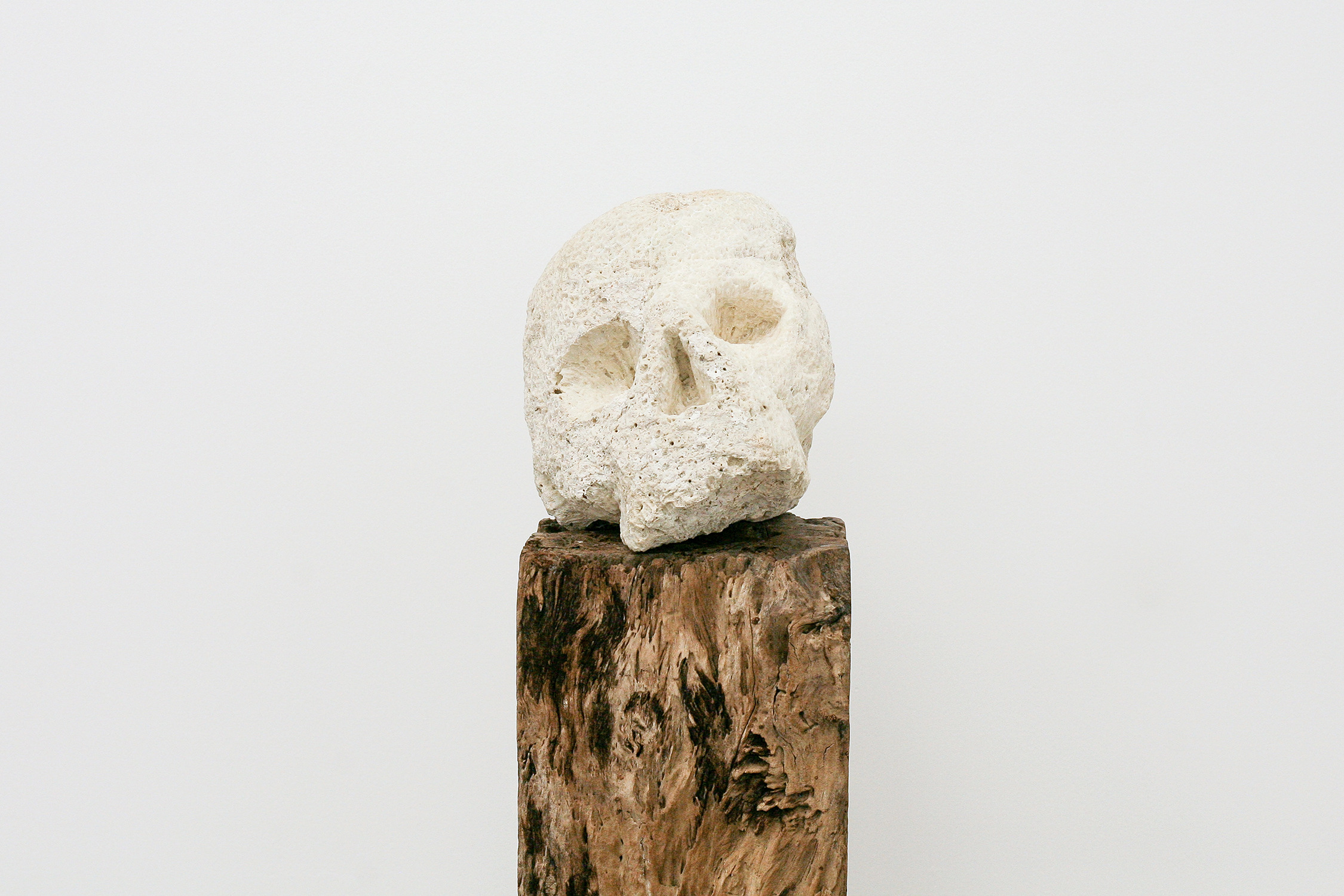
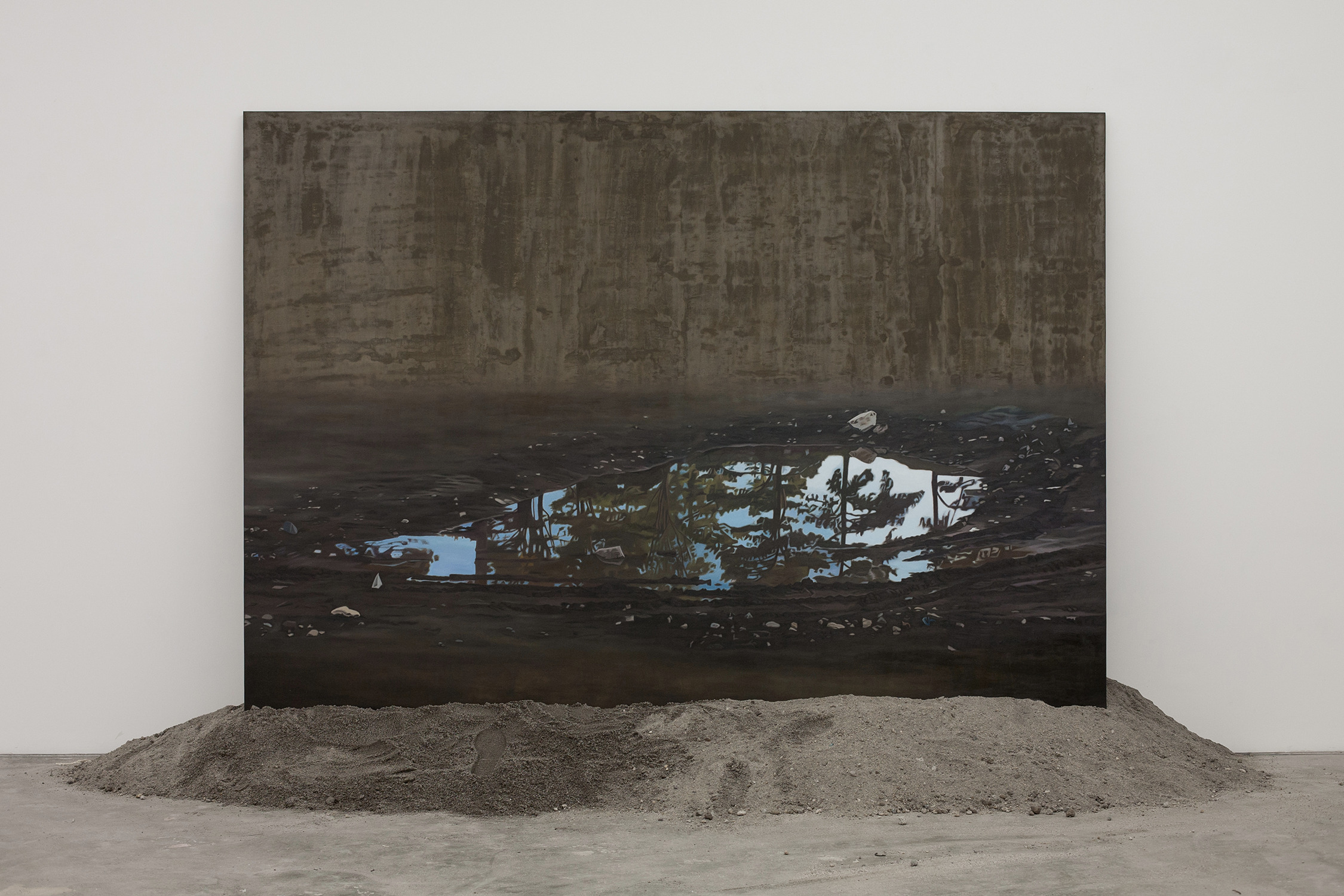
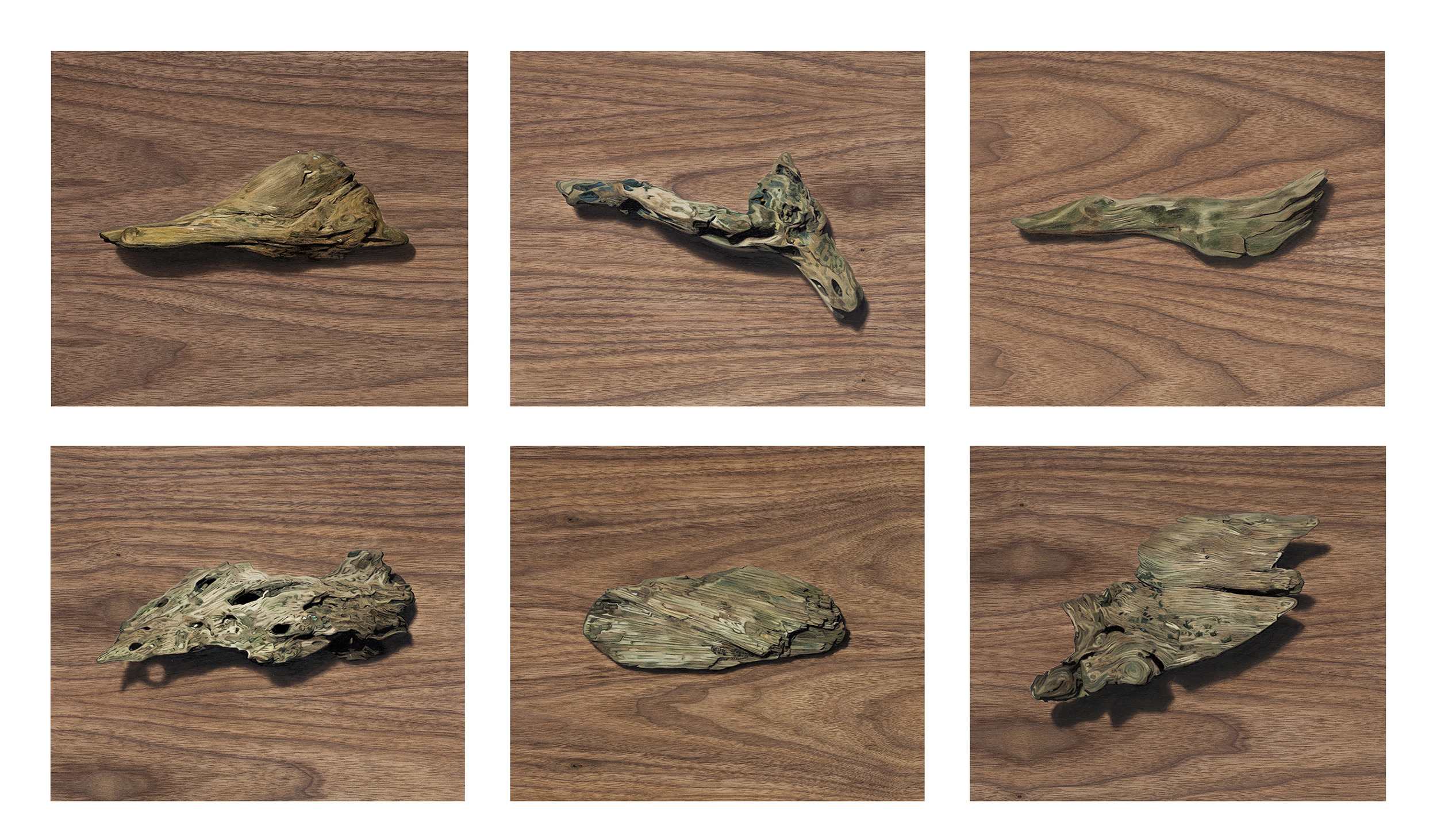
SPI_NG003
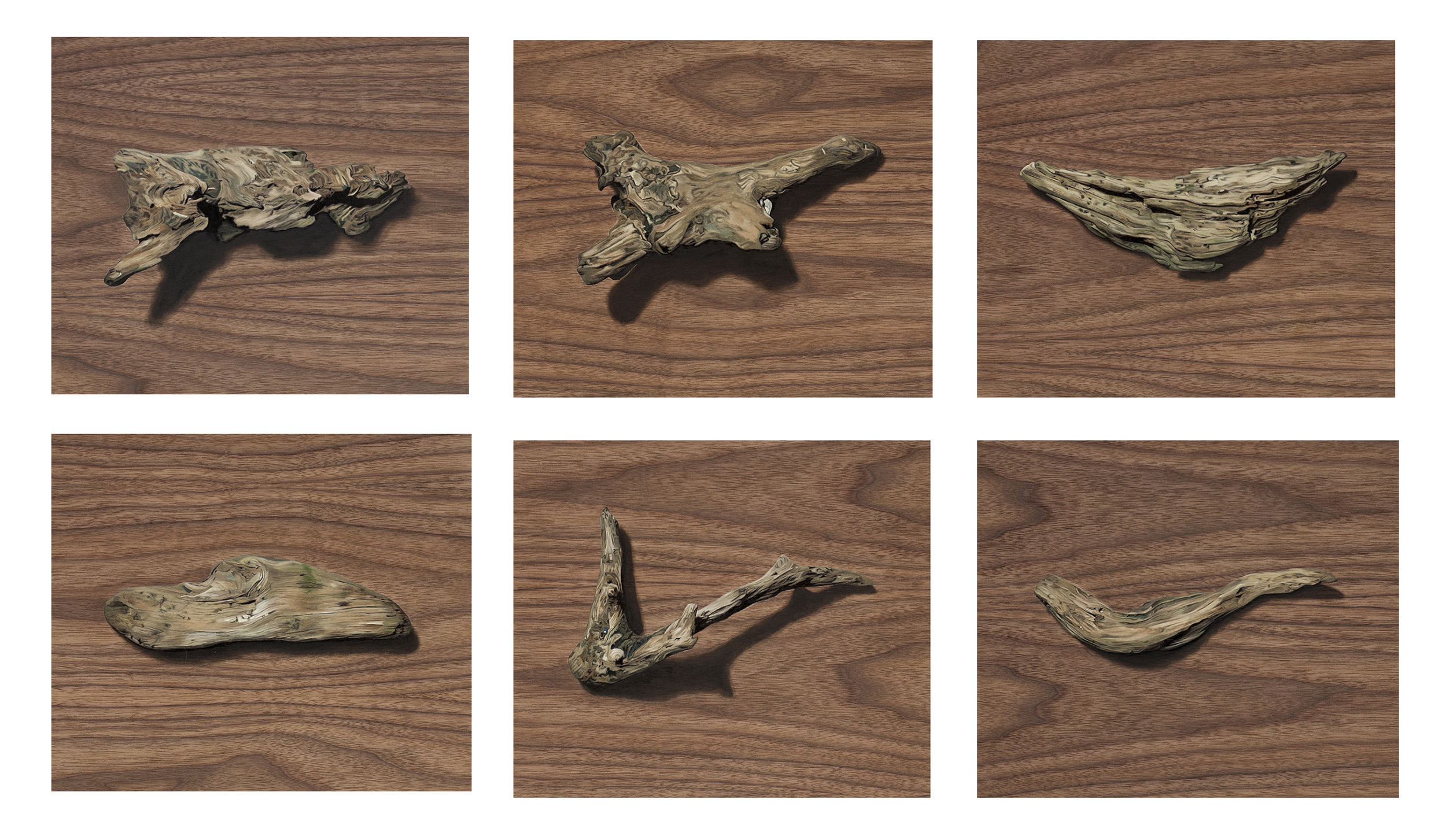
SPI_NG004
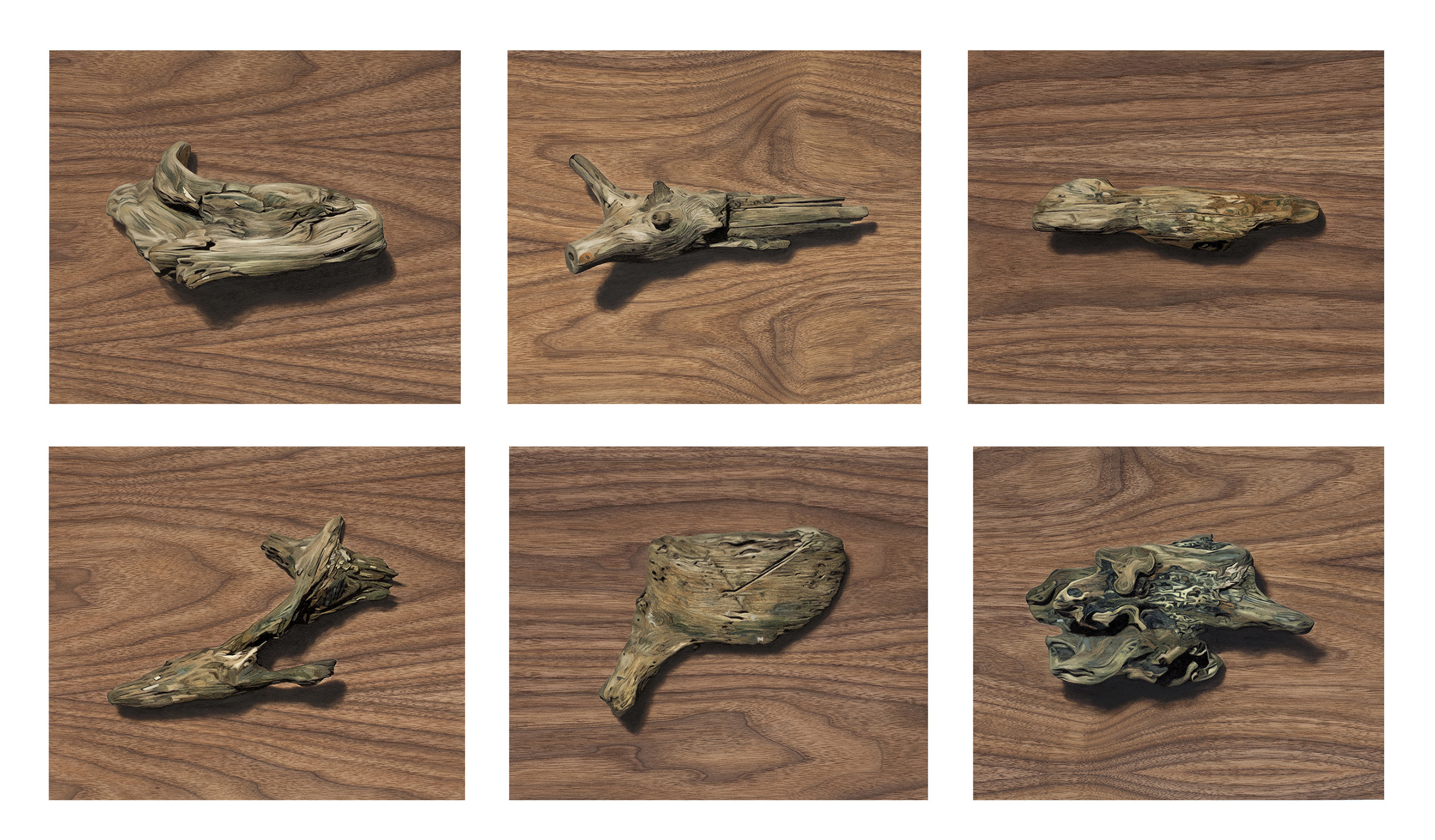
SPI_NG009
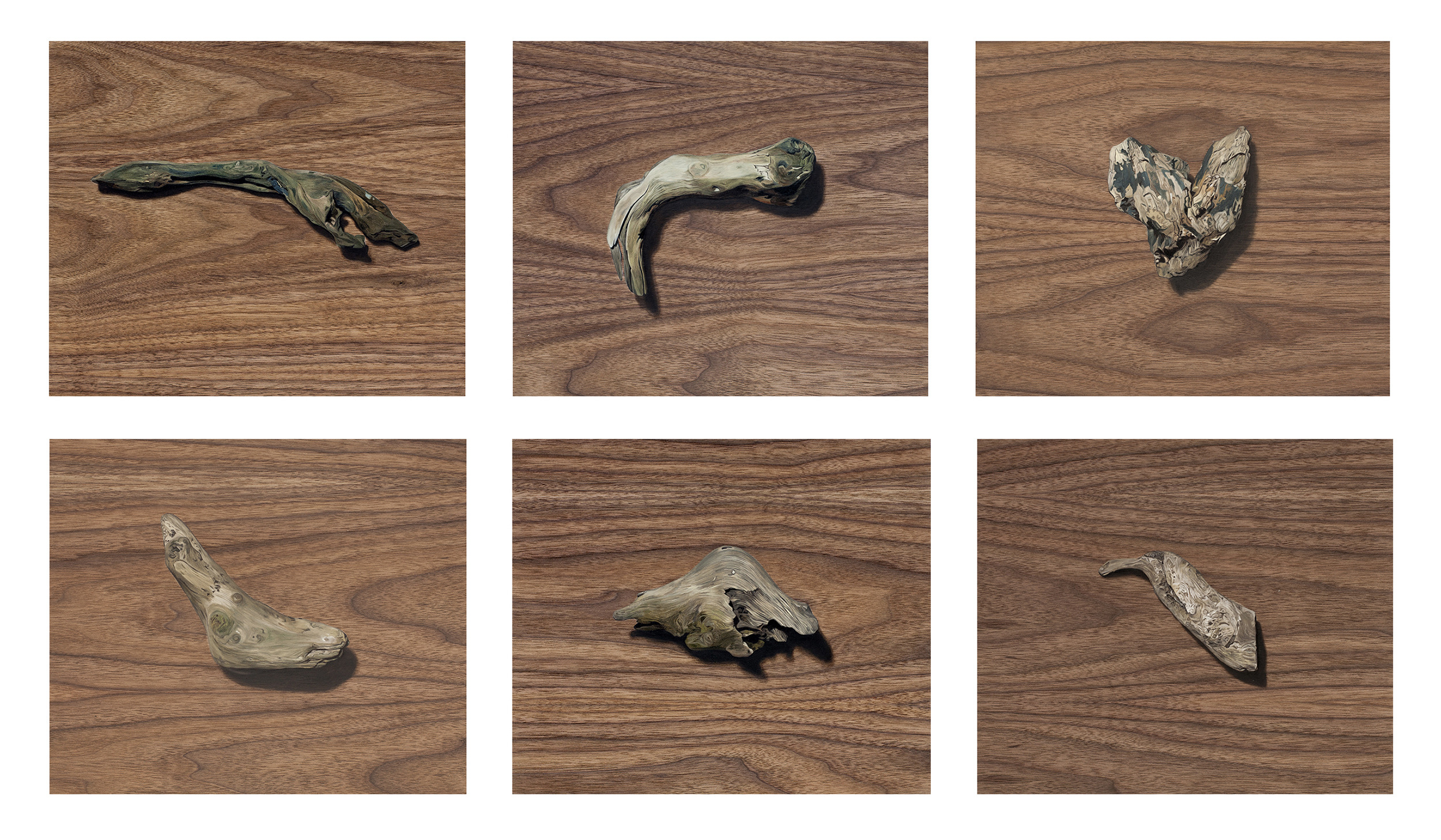
SPI_NG010
